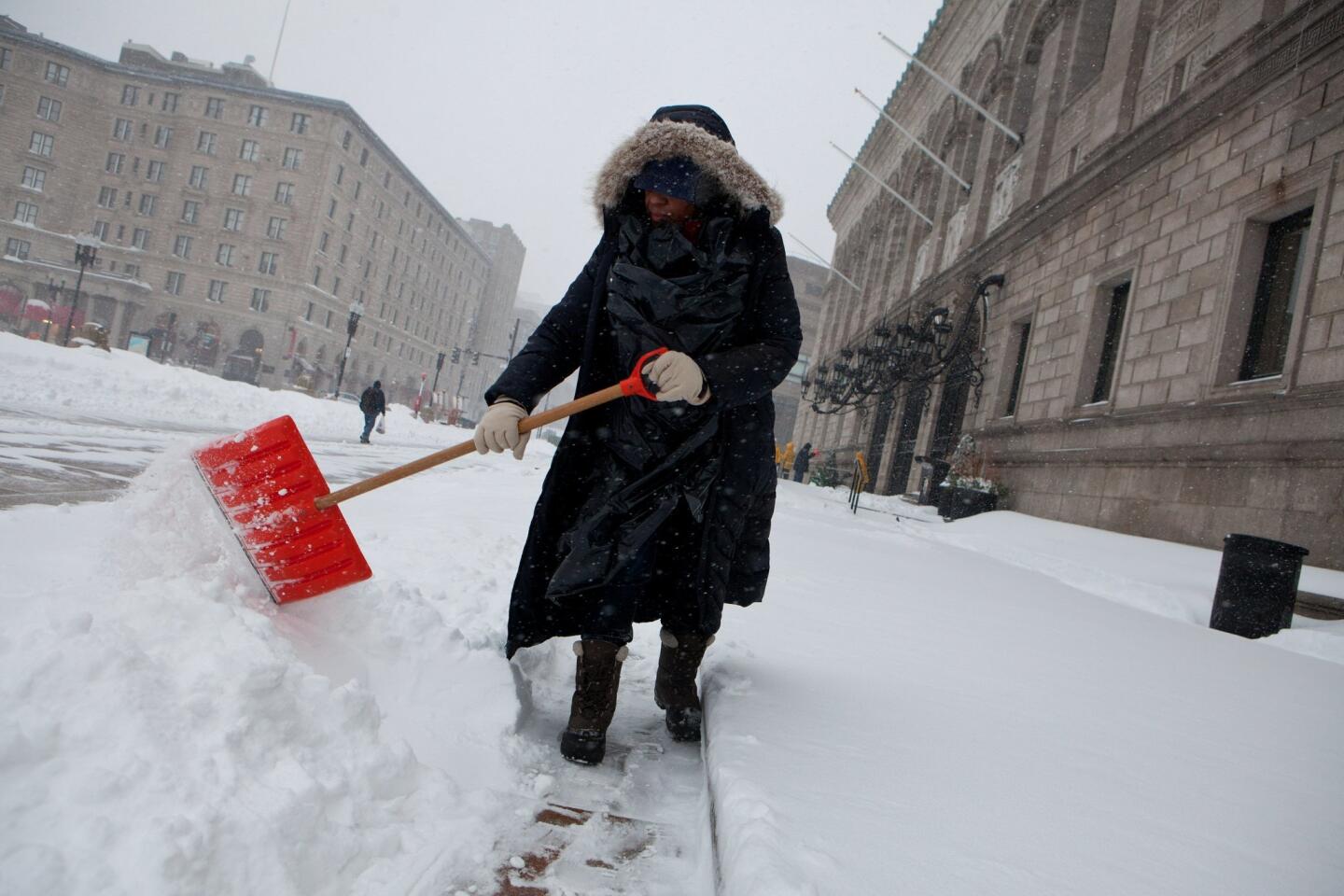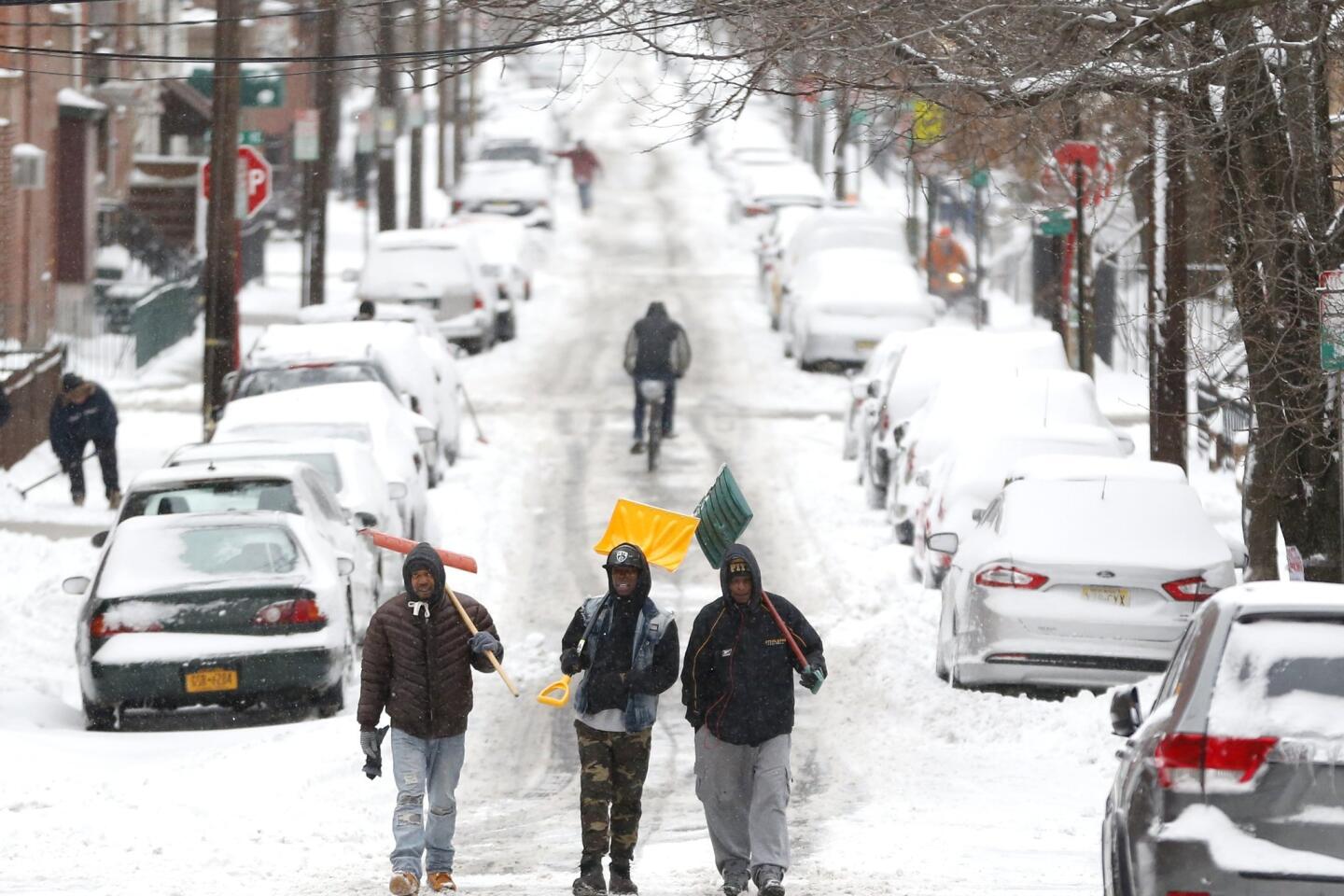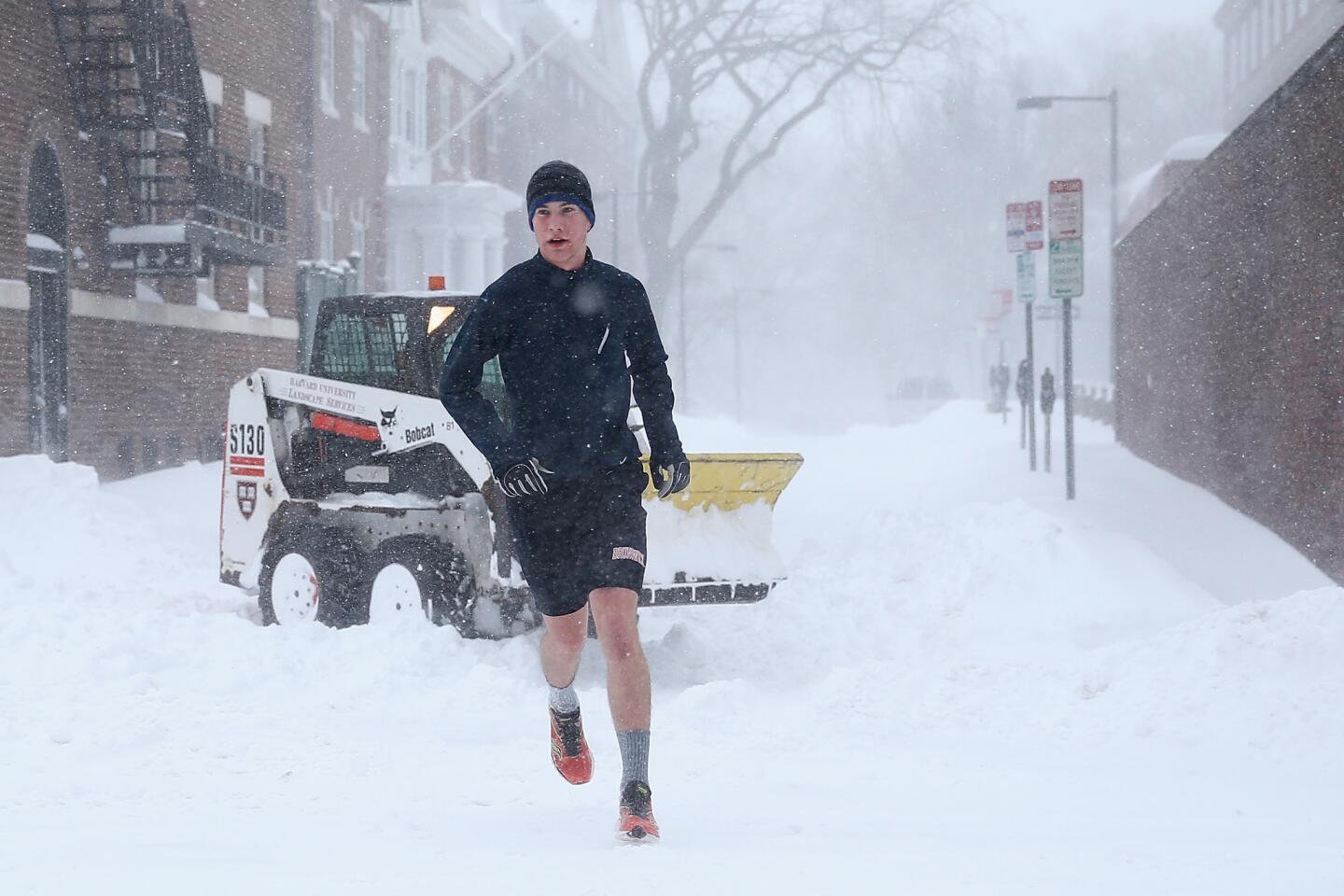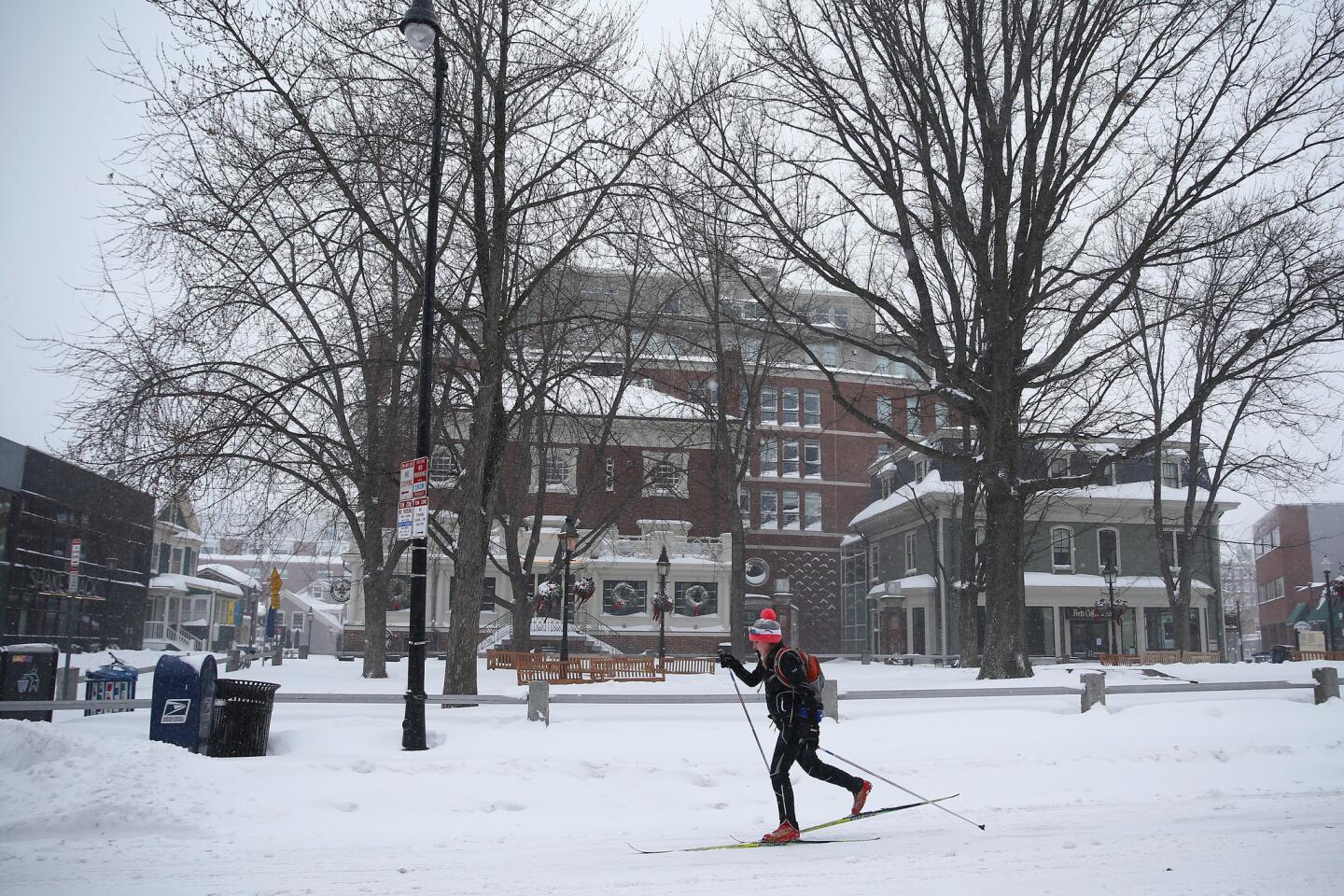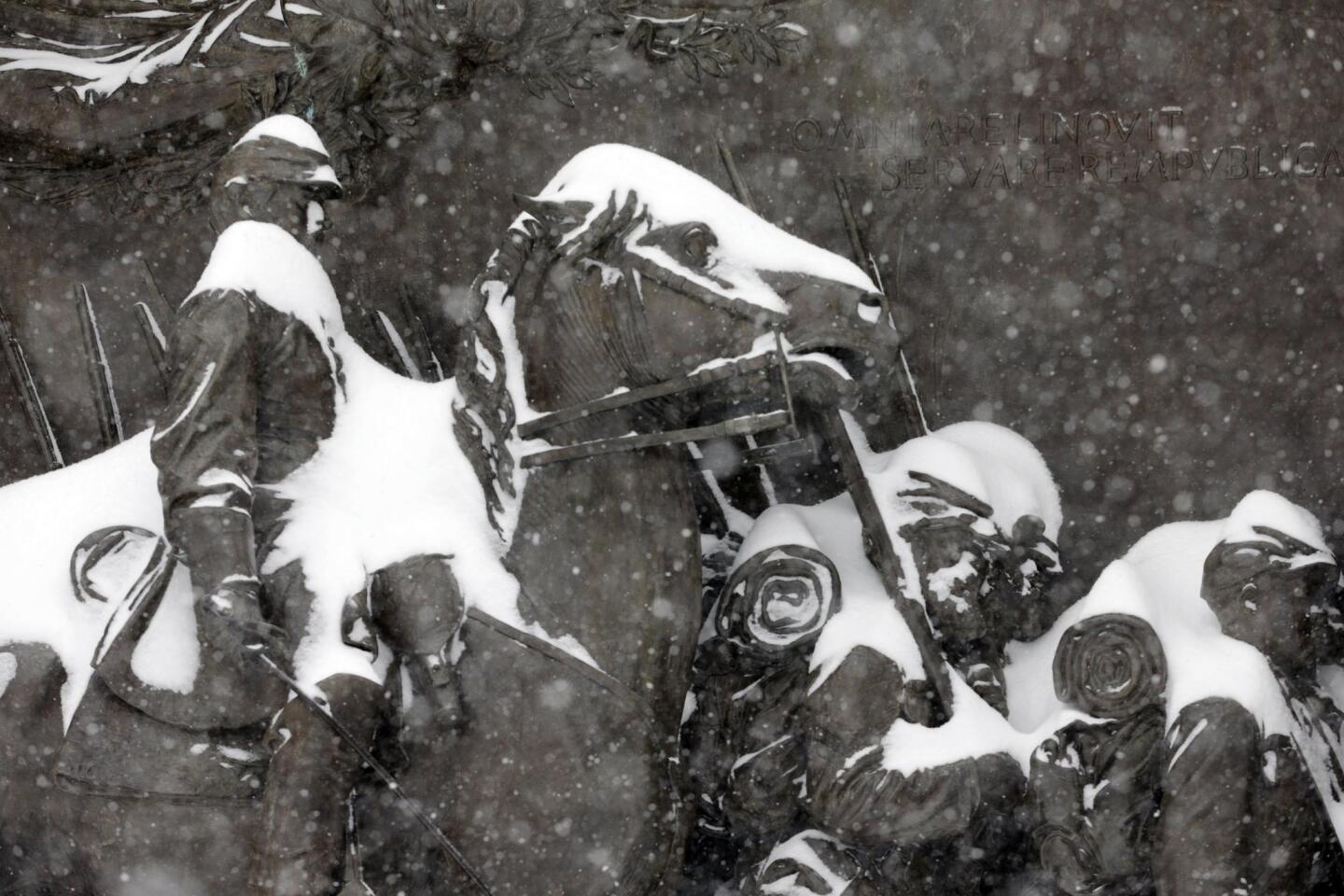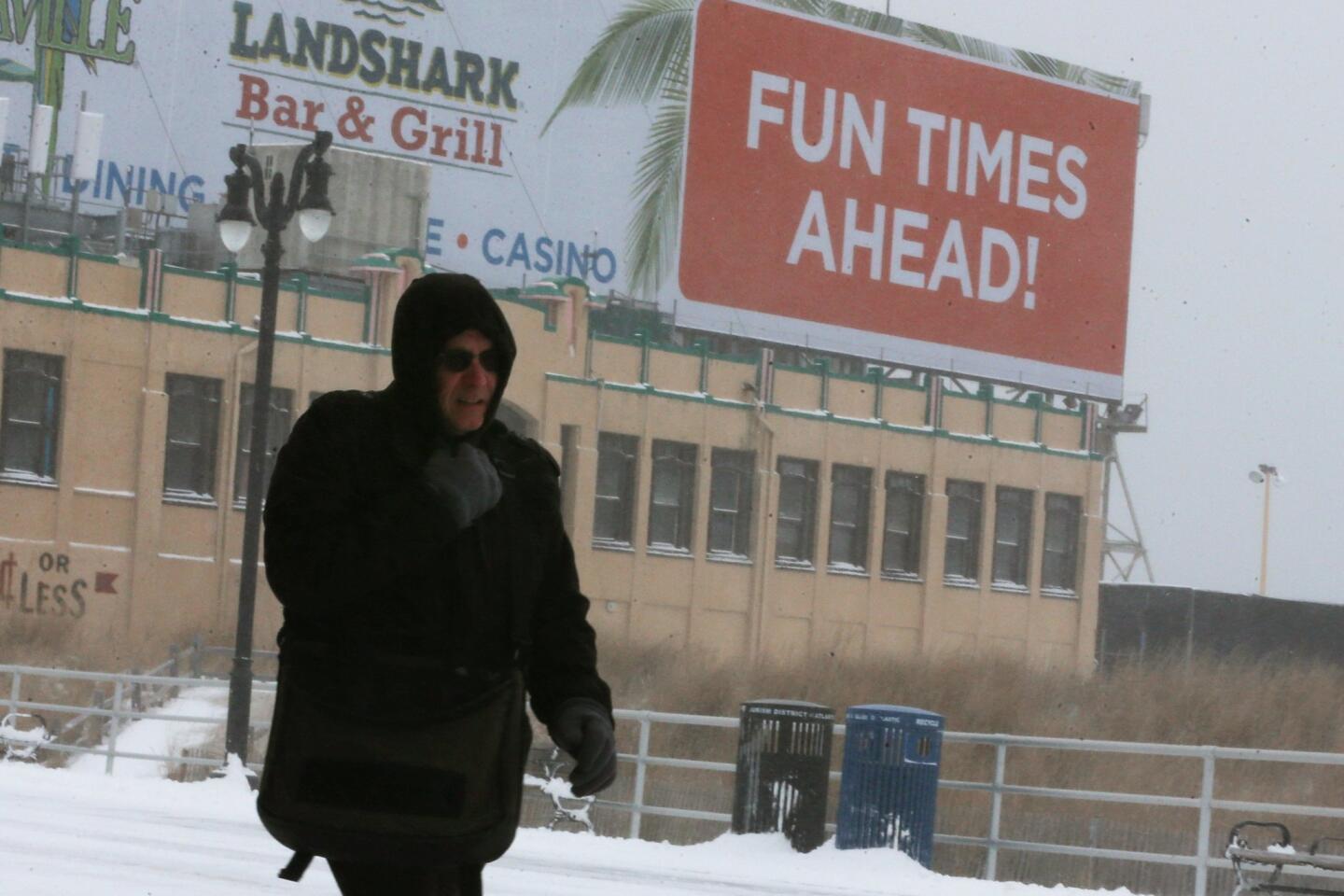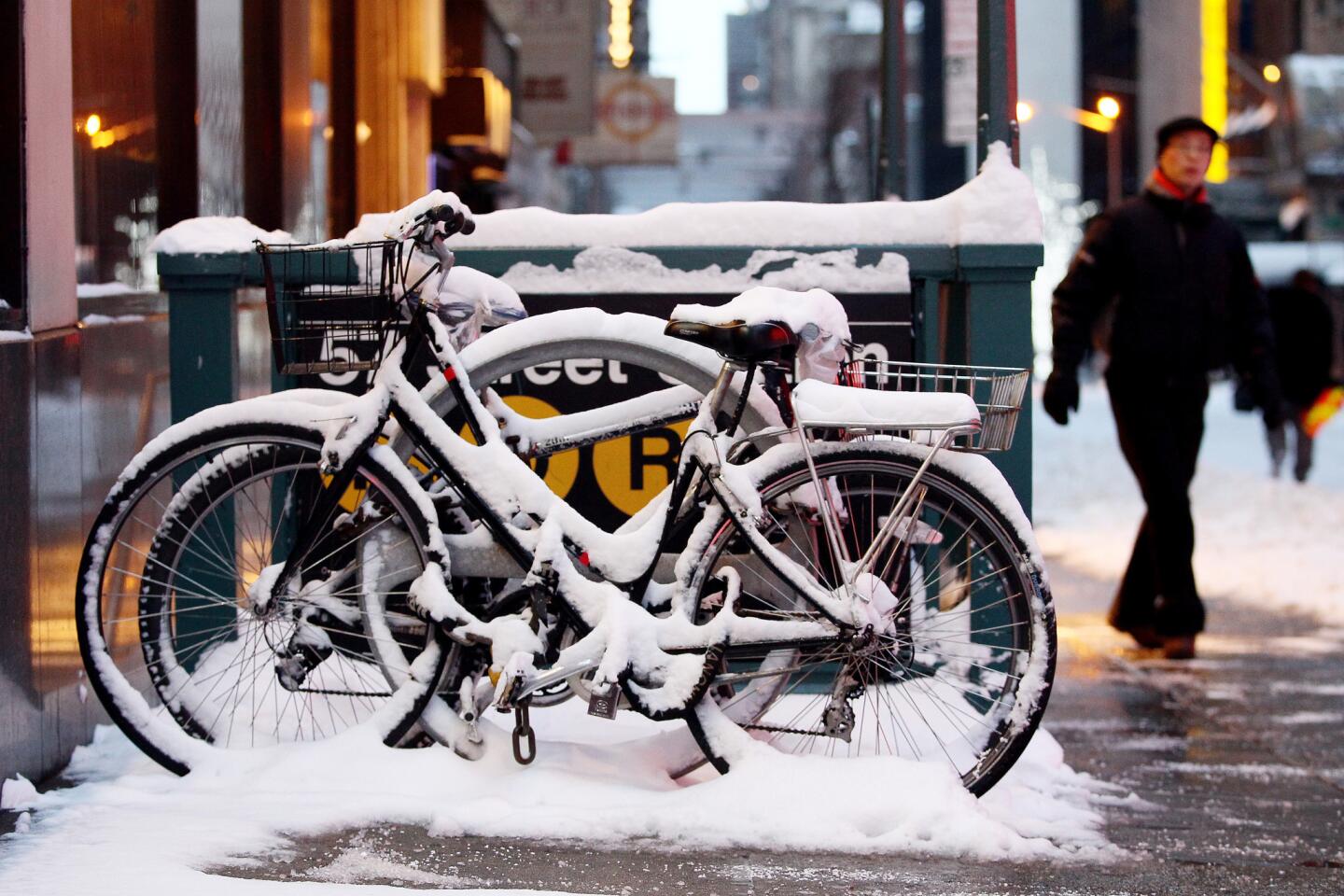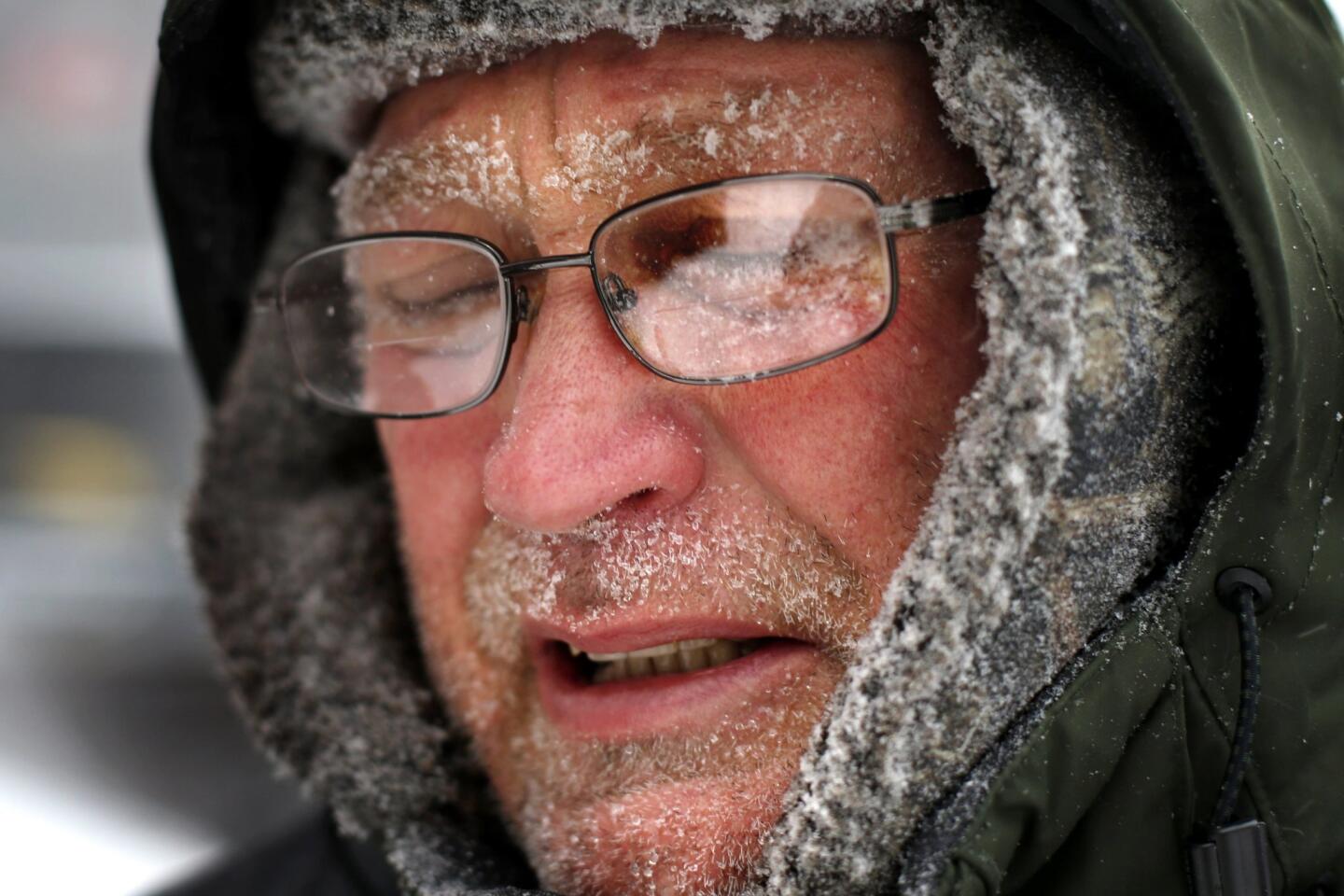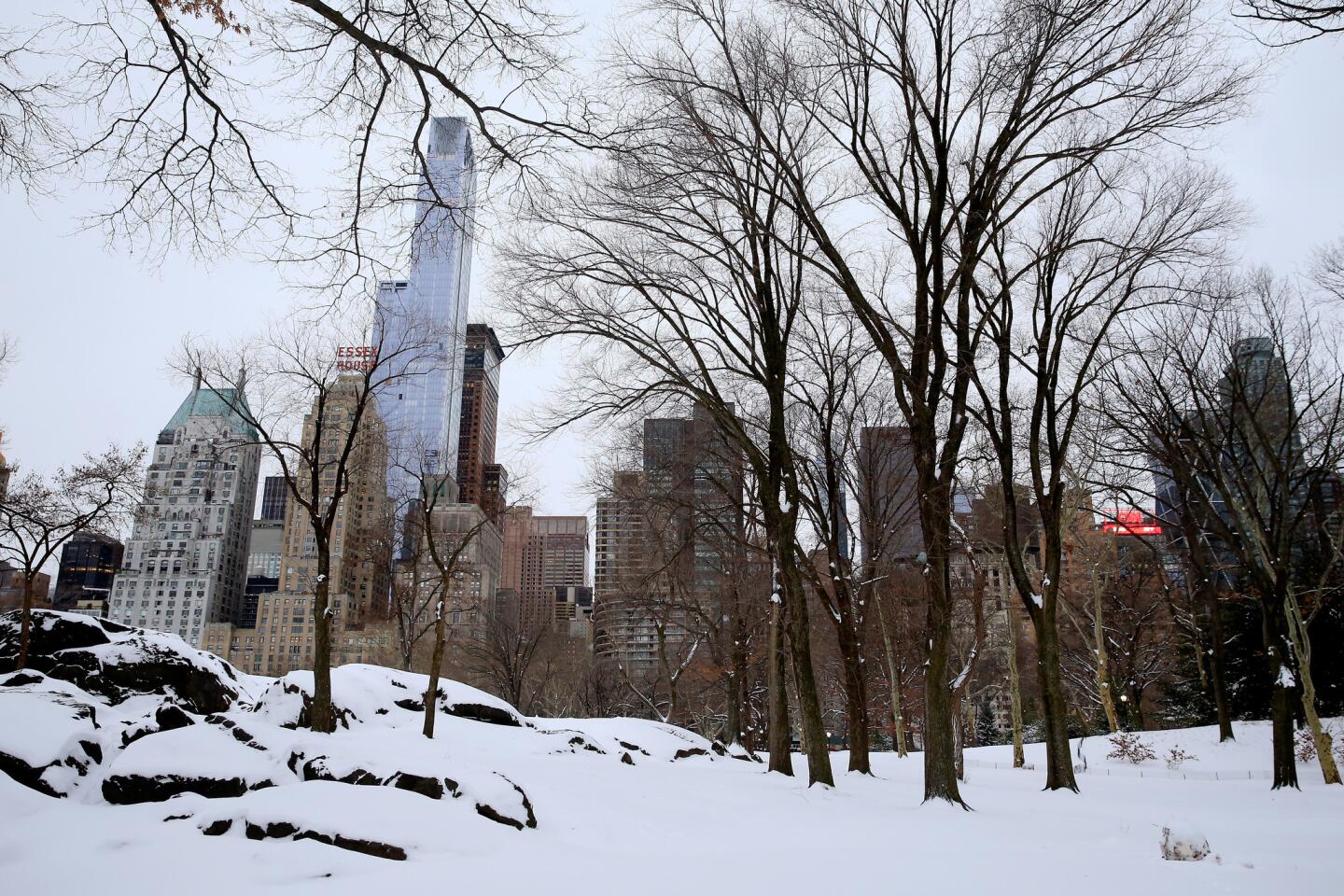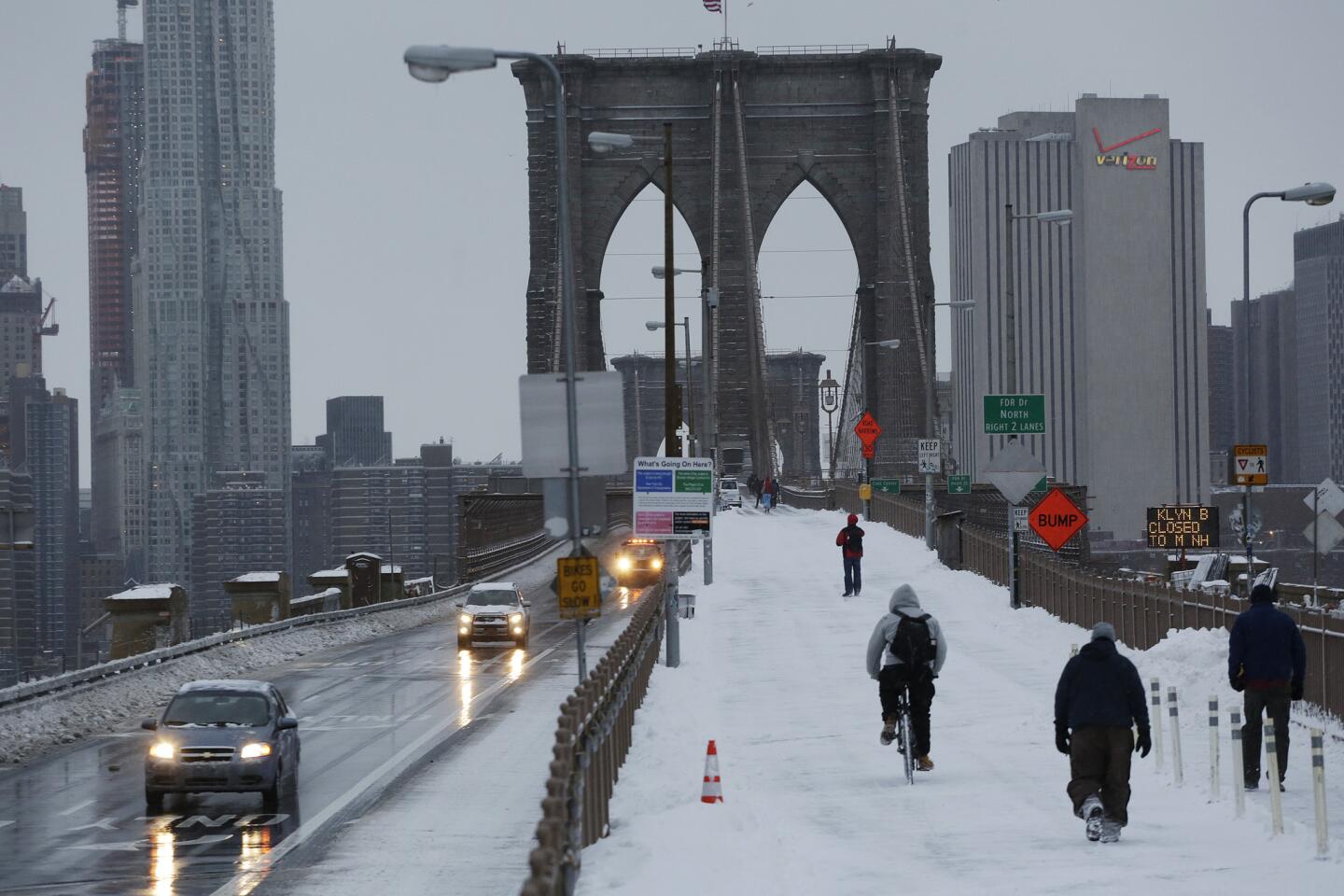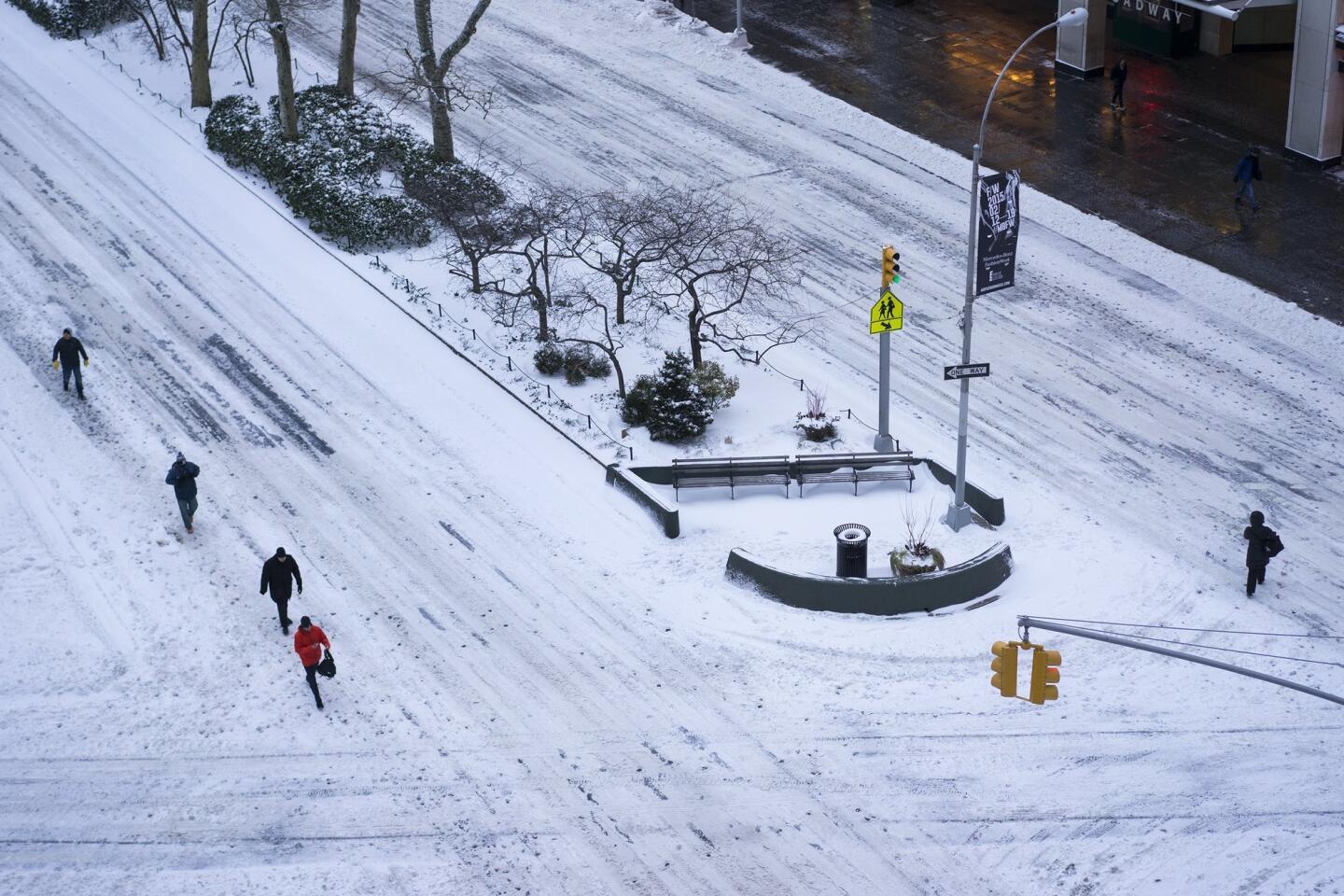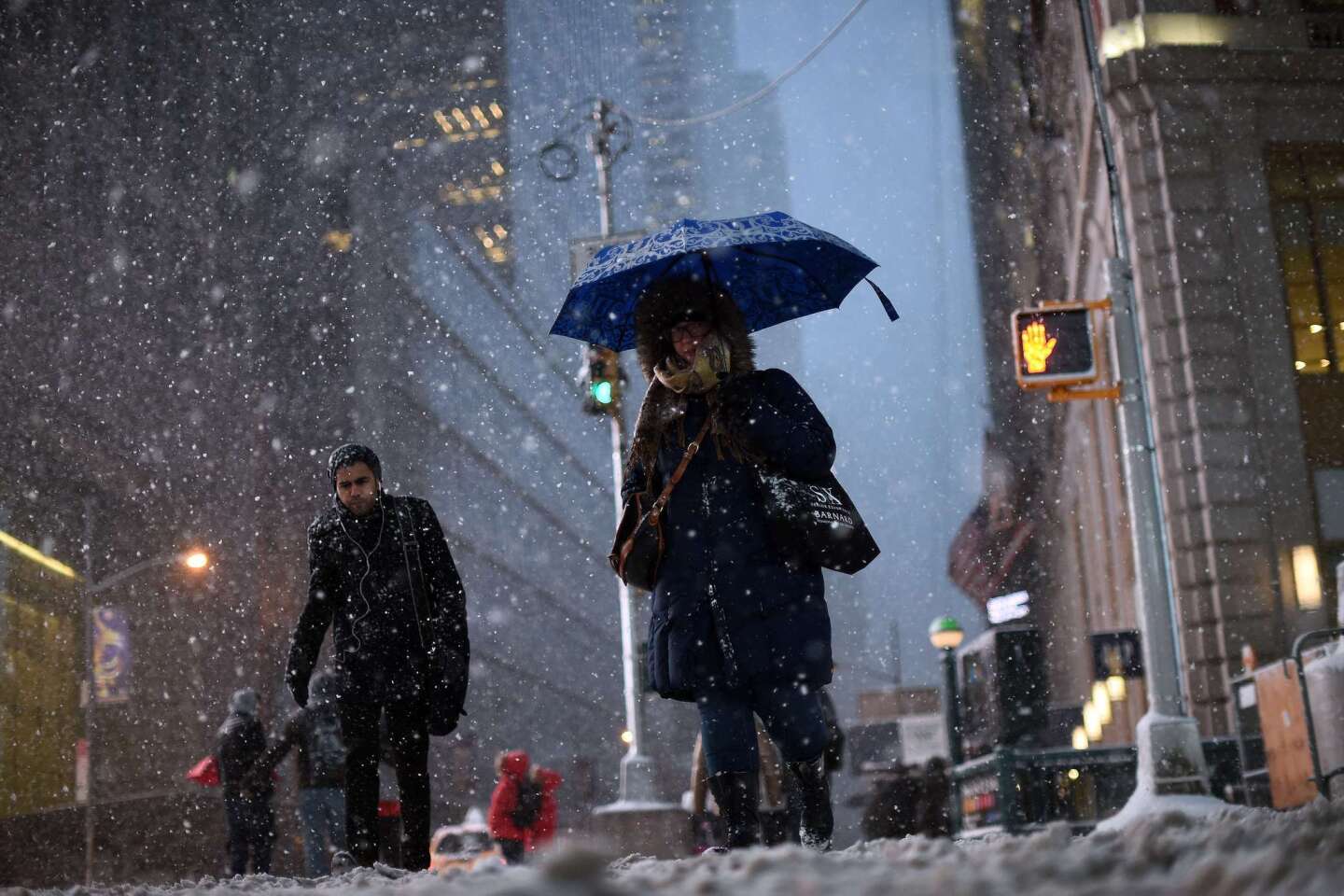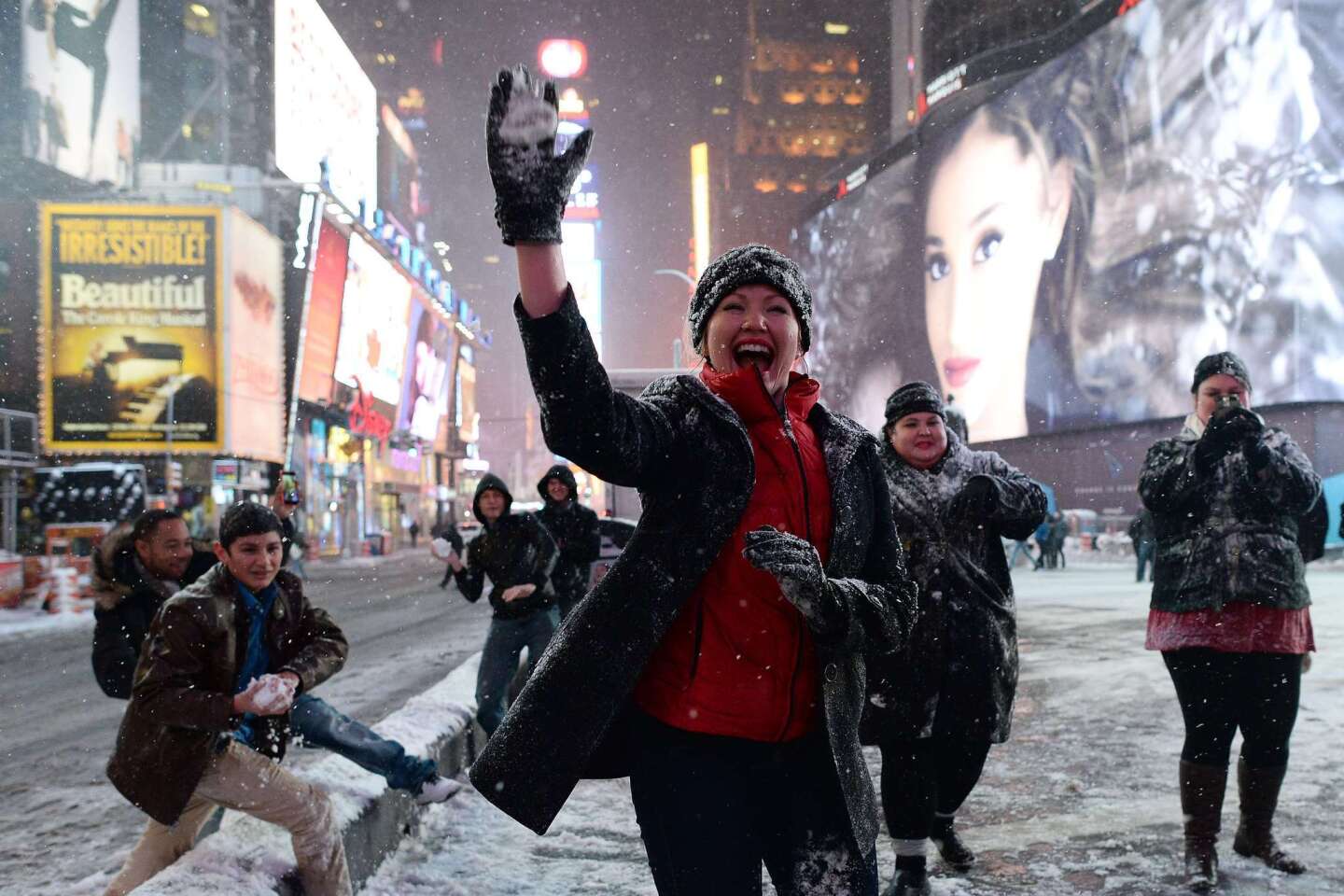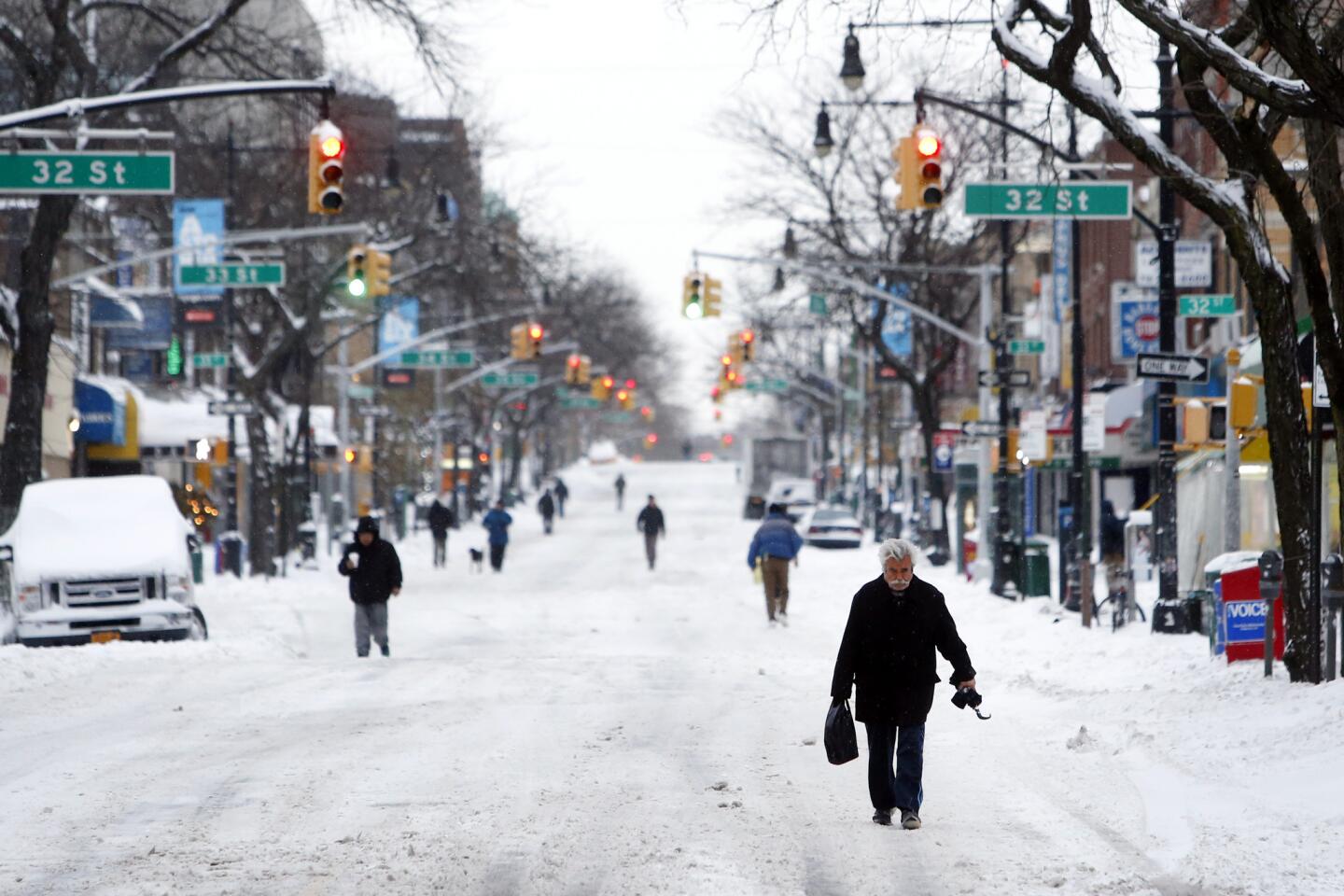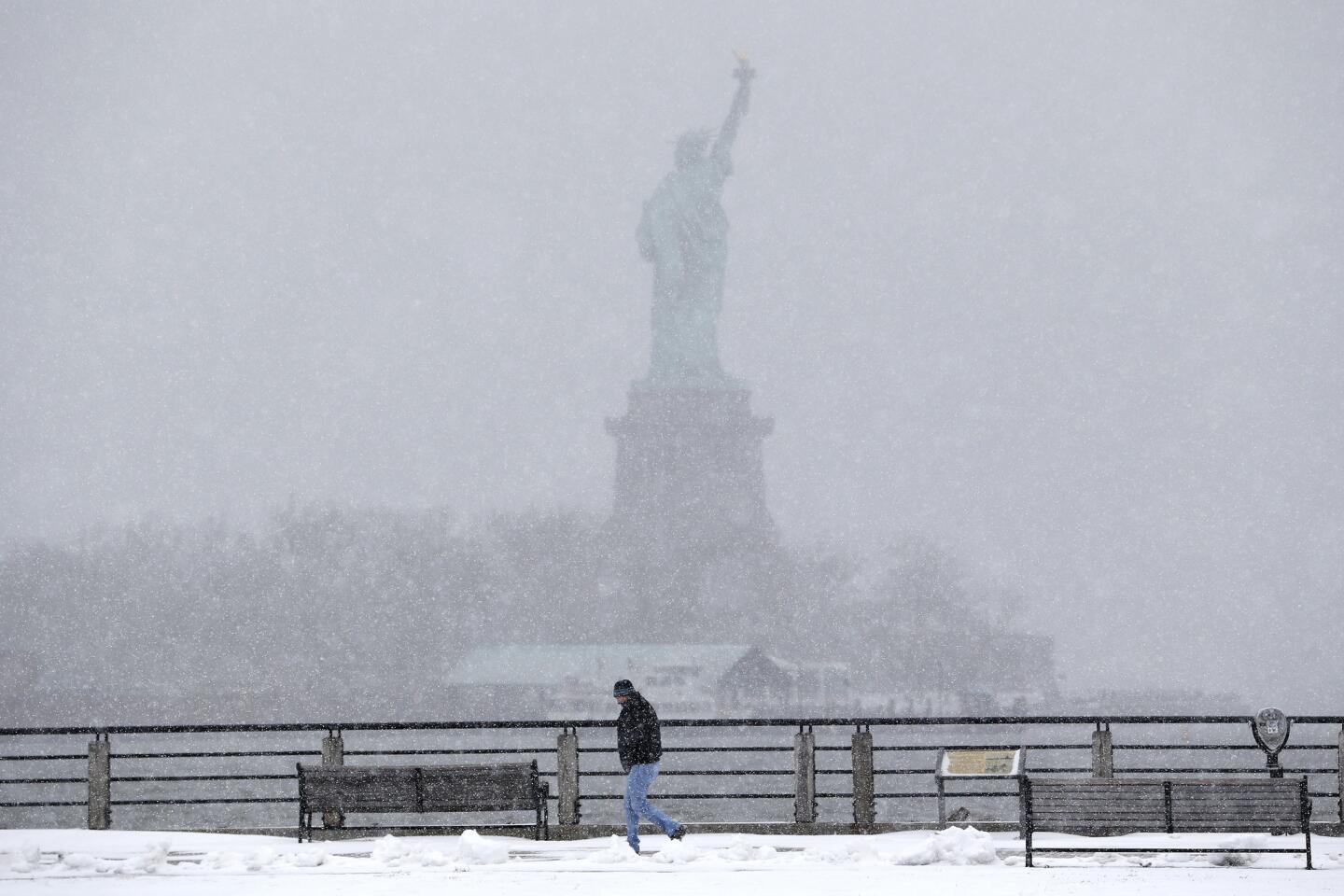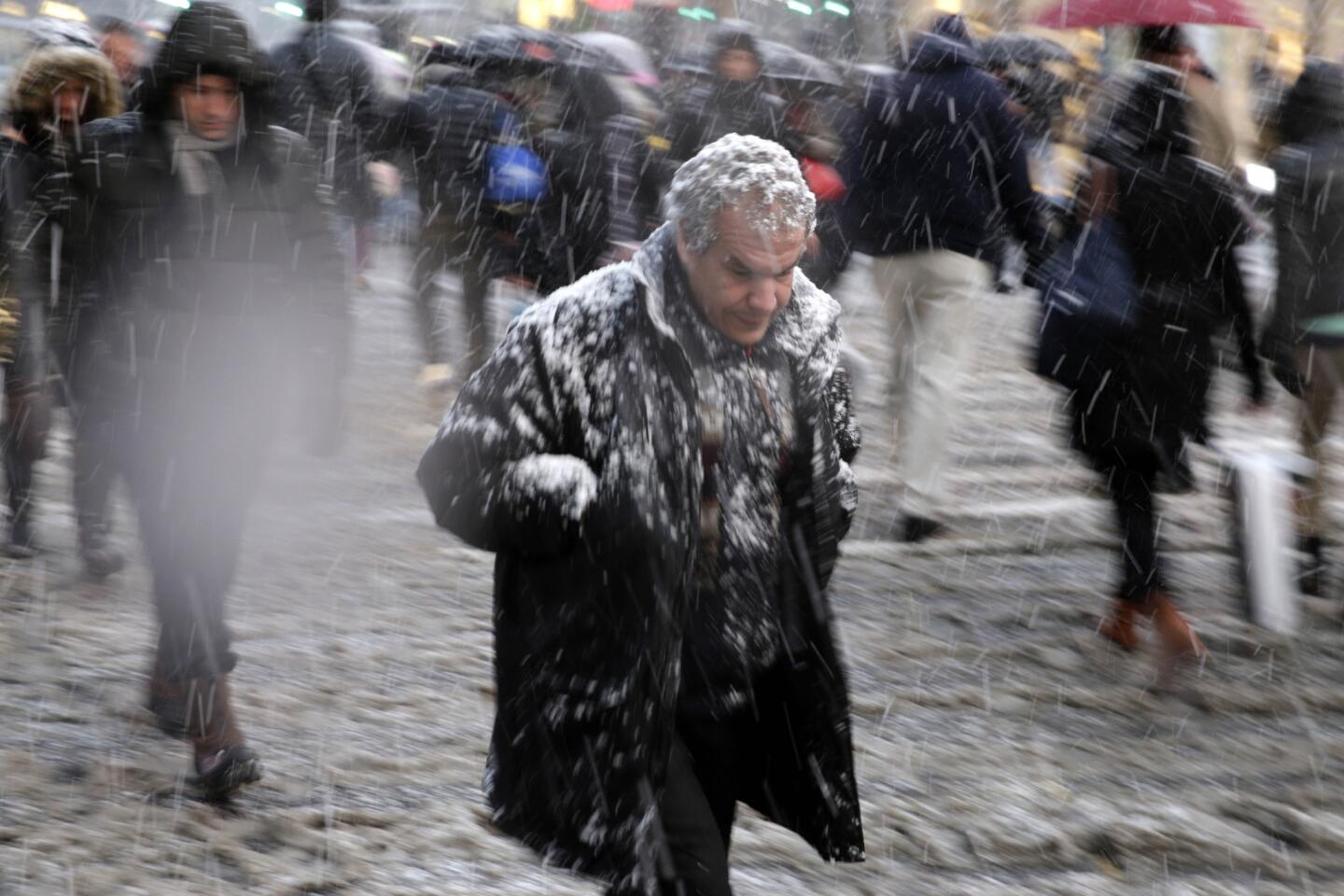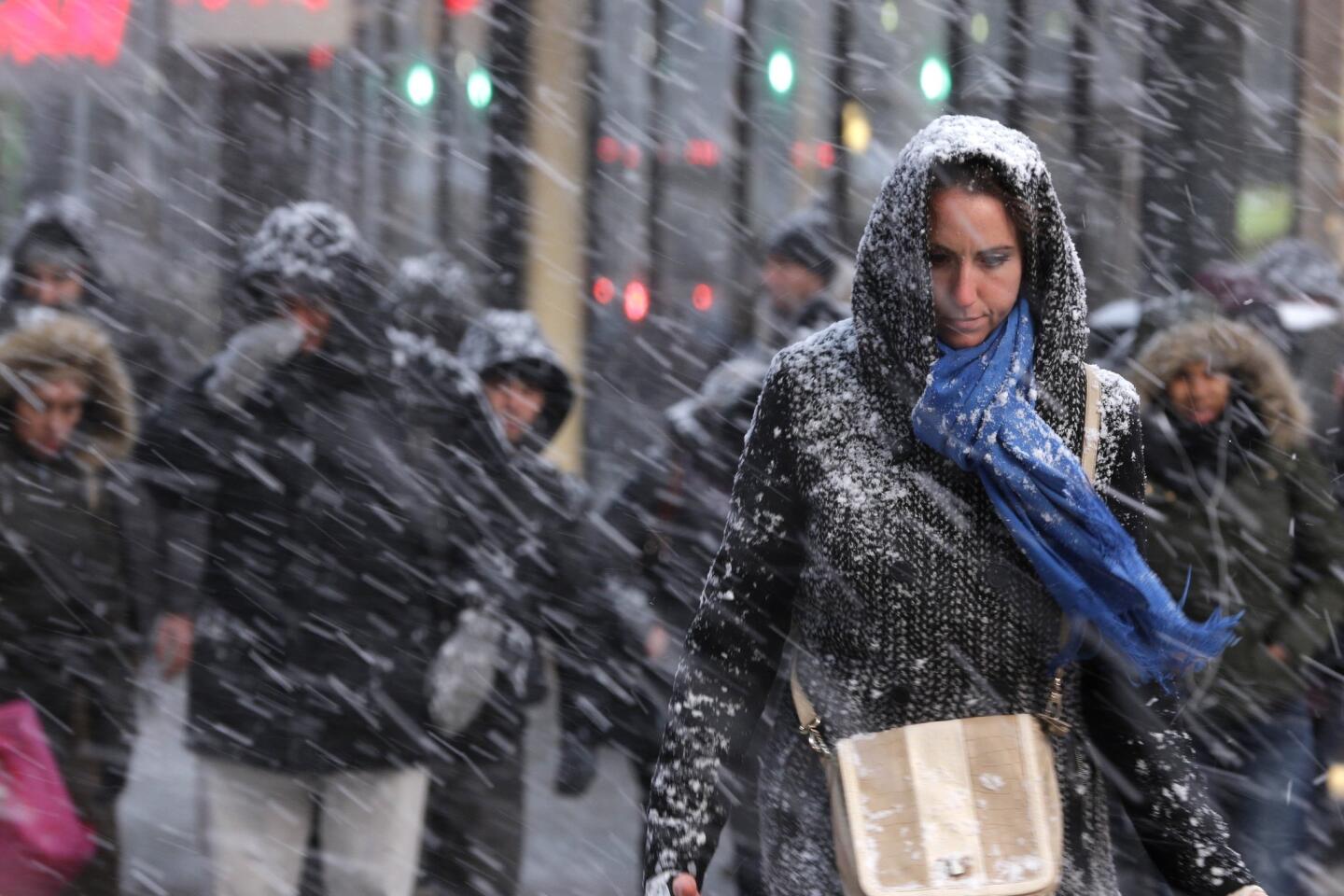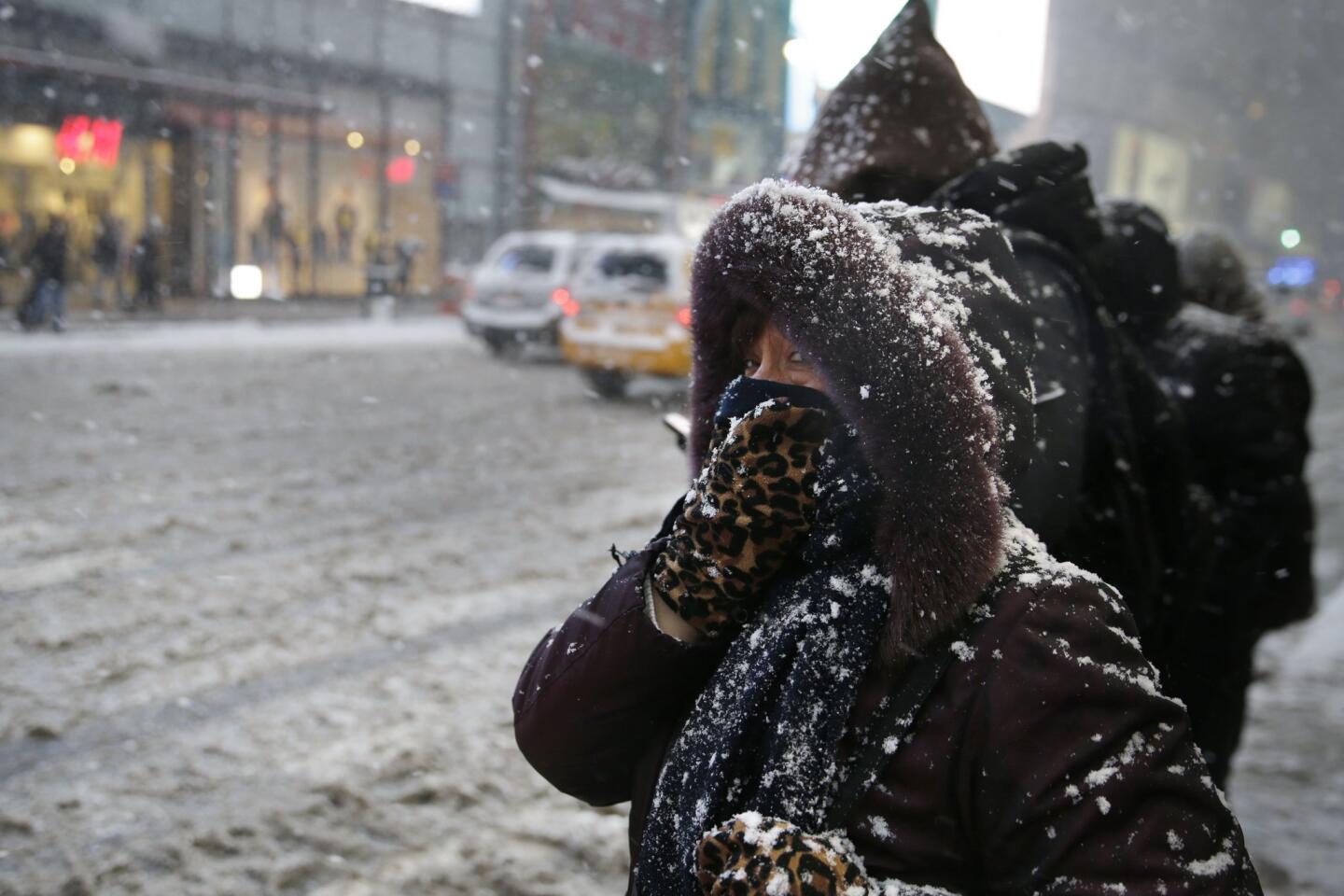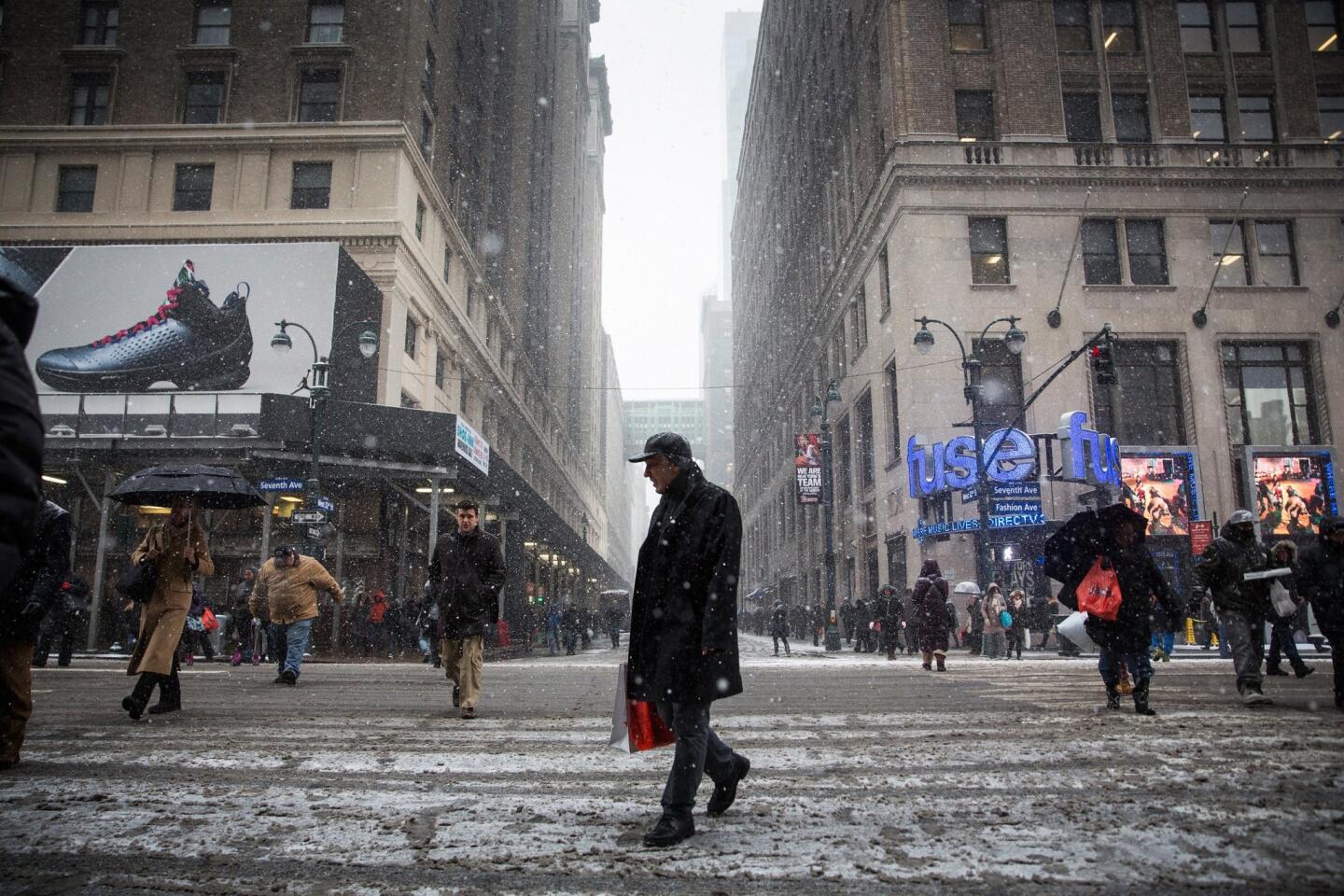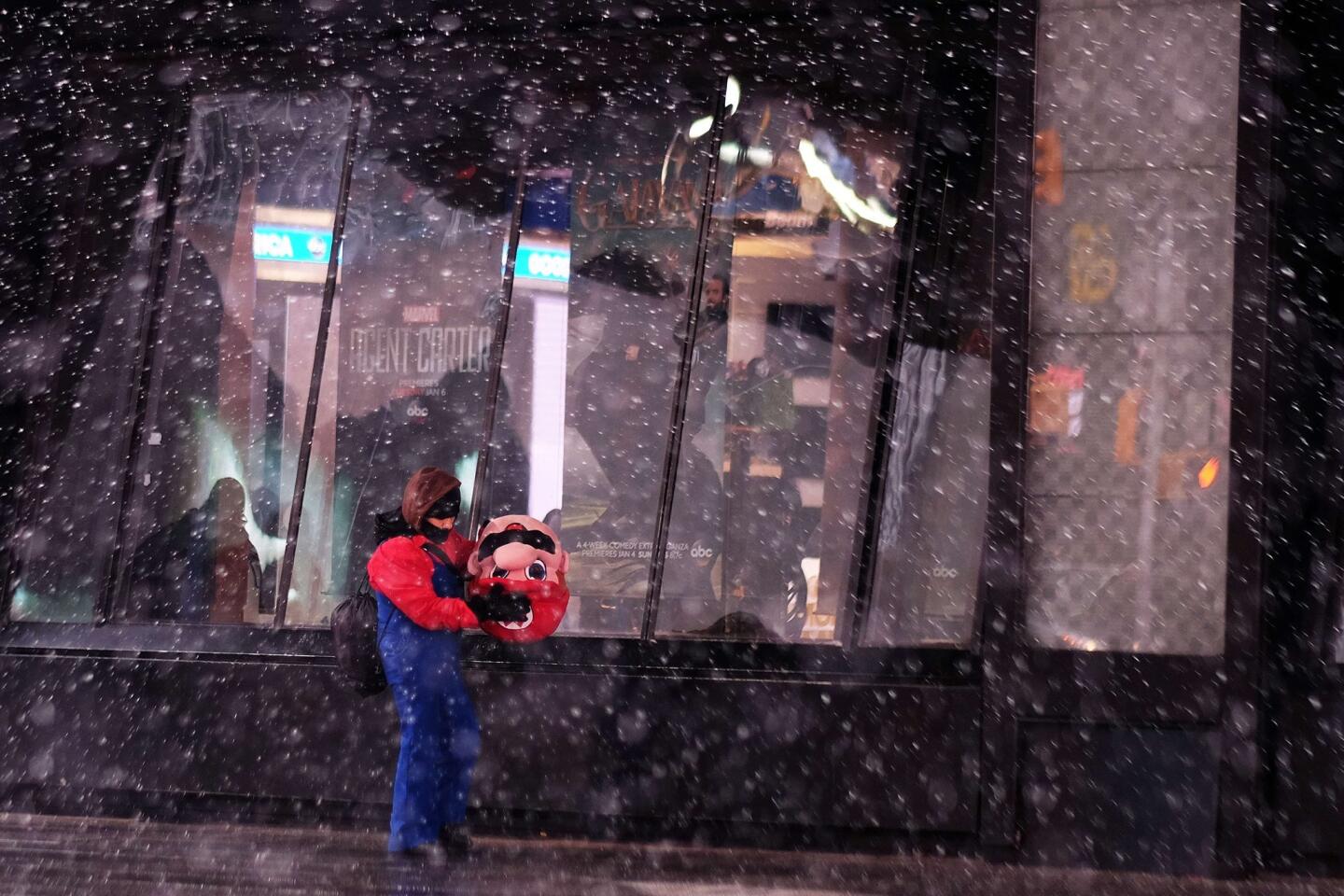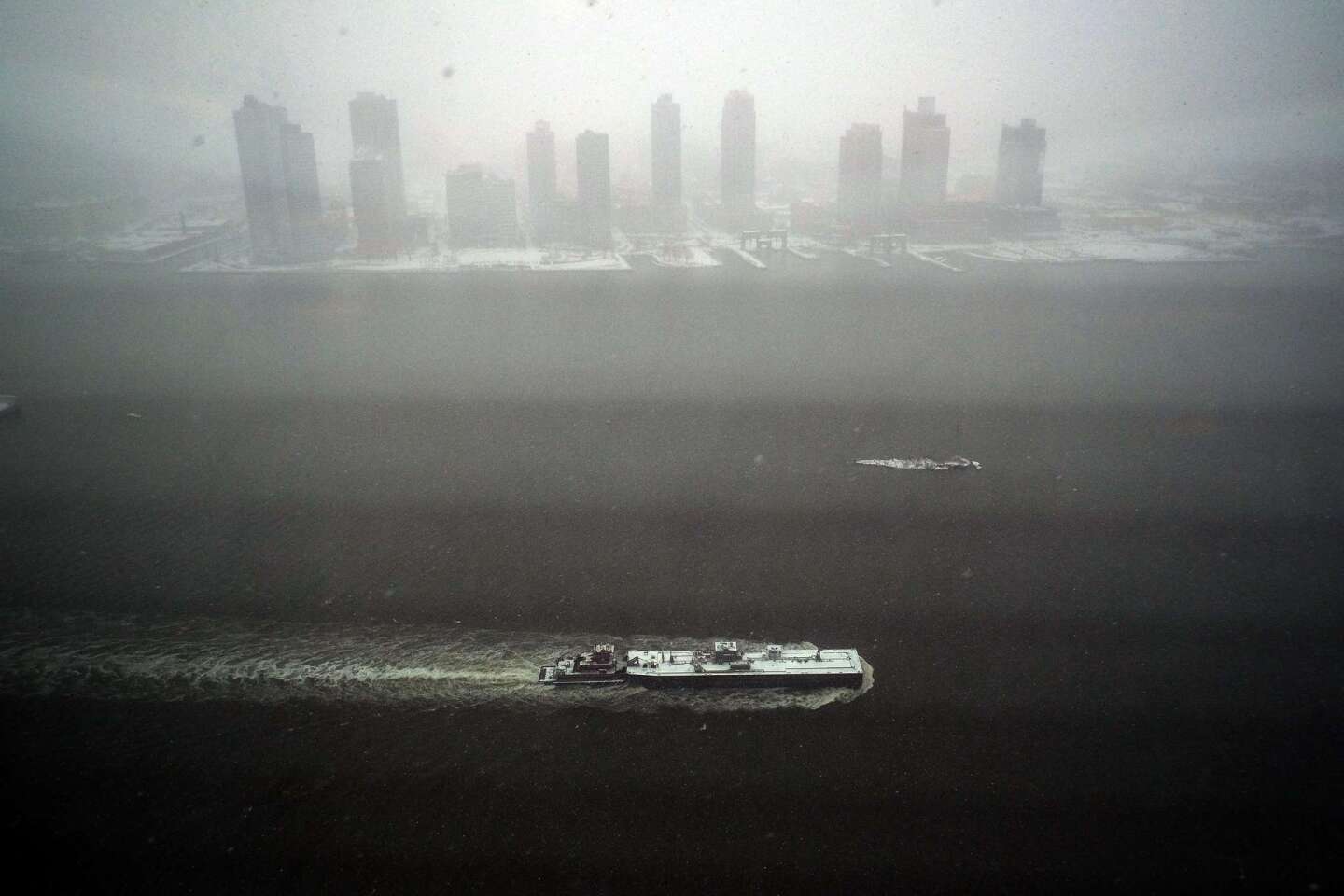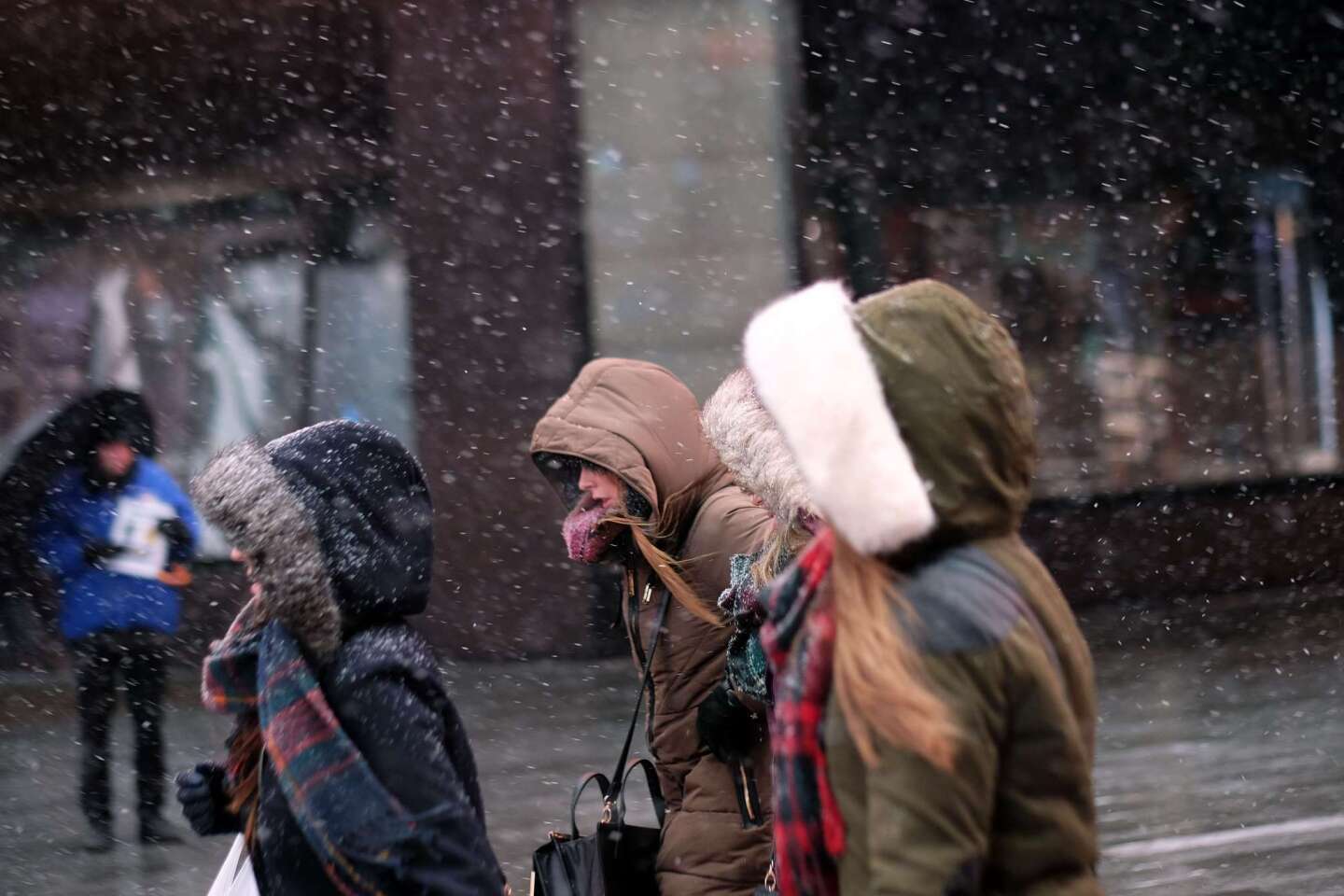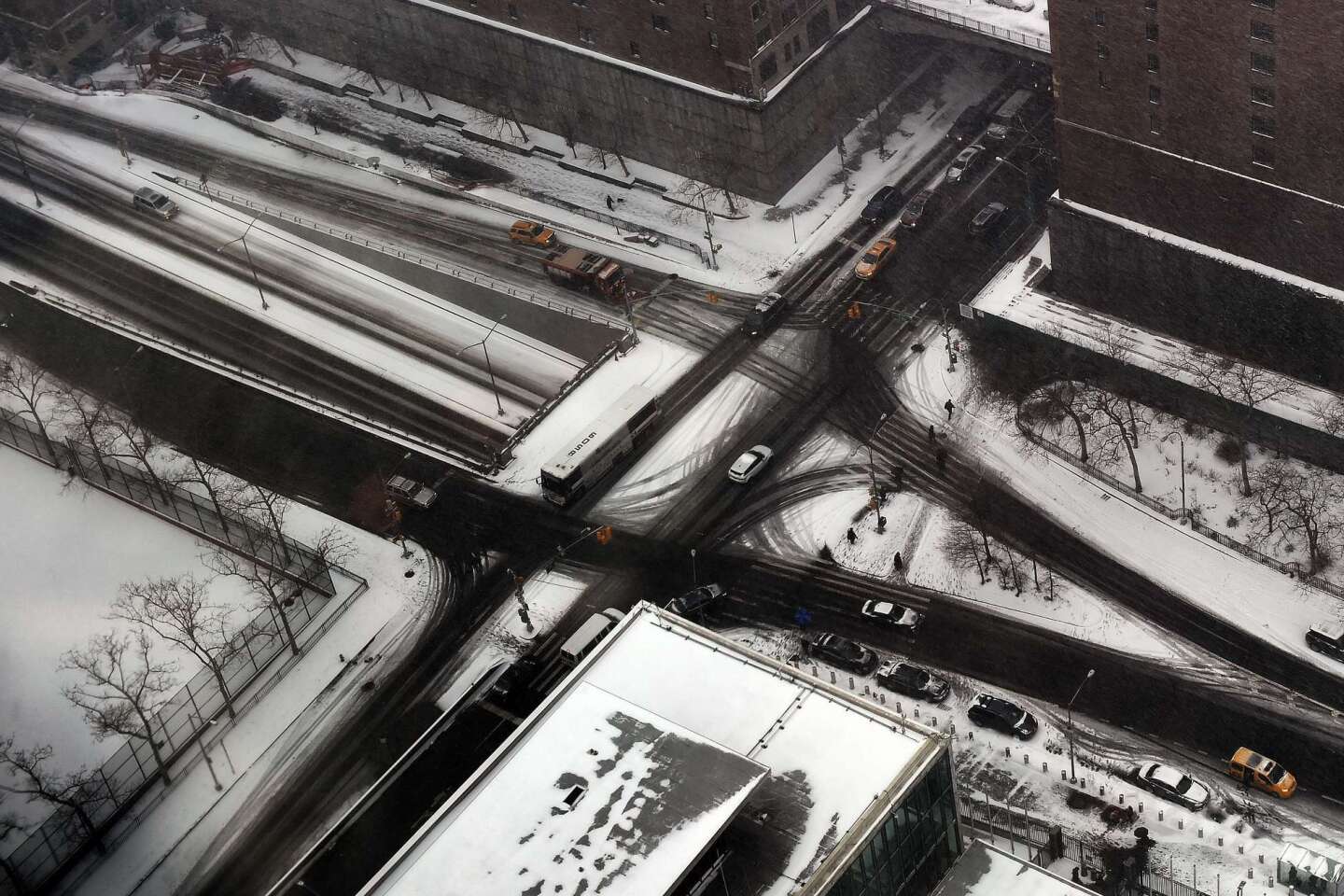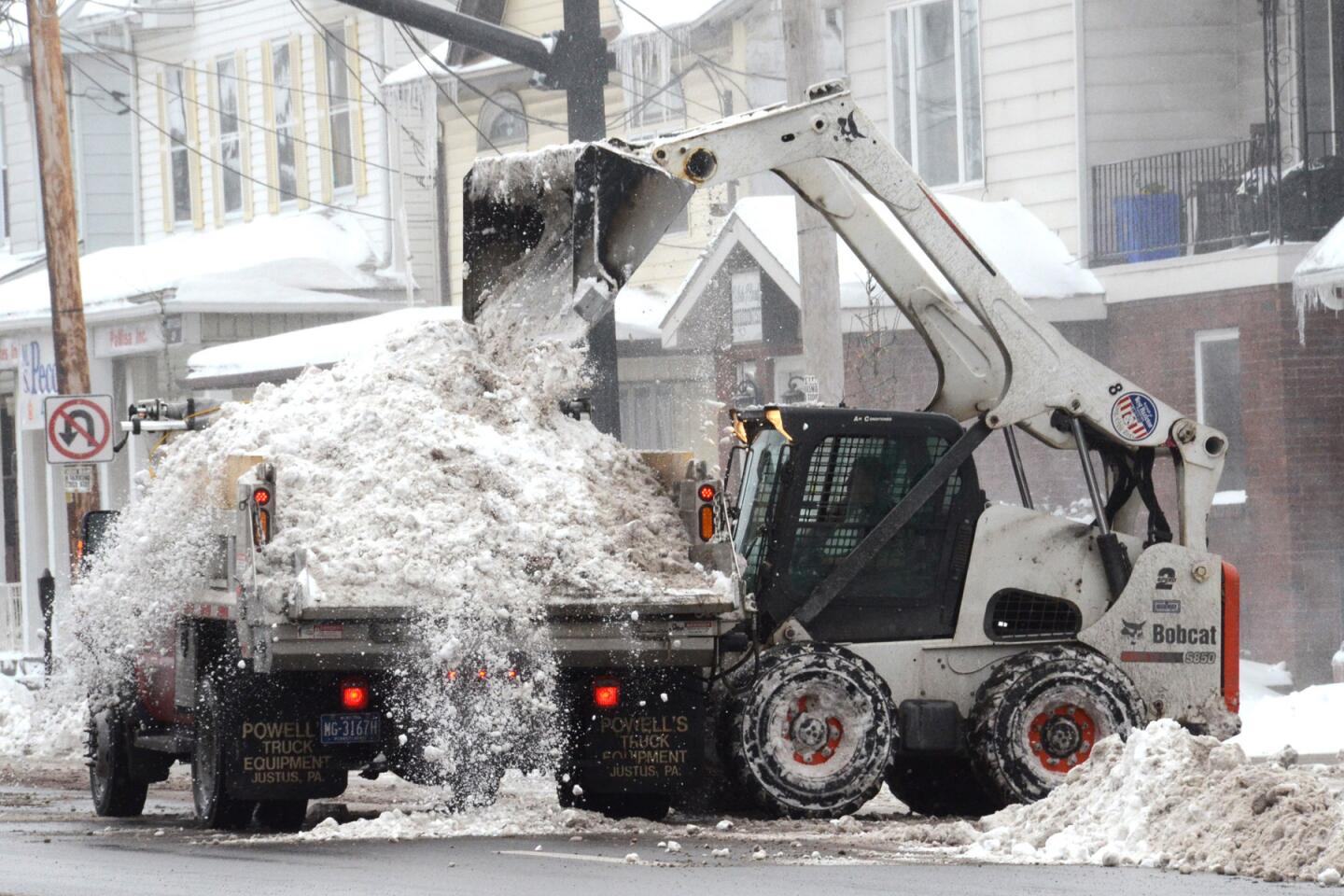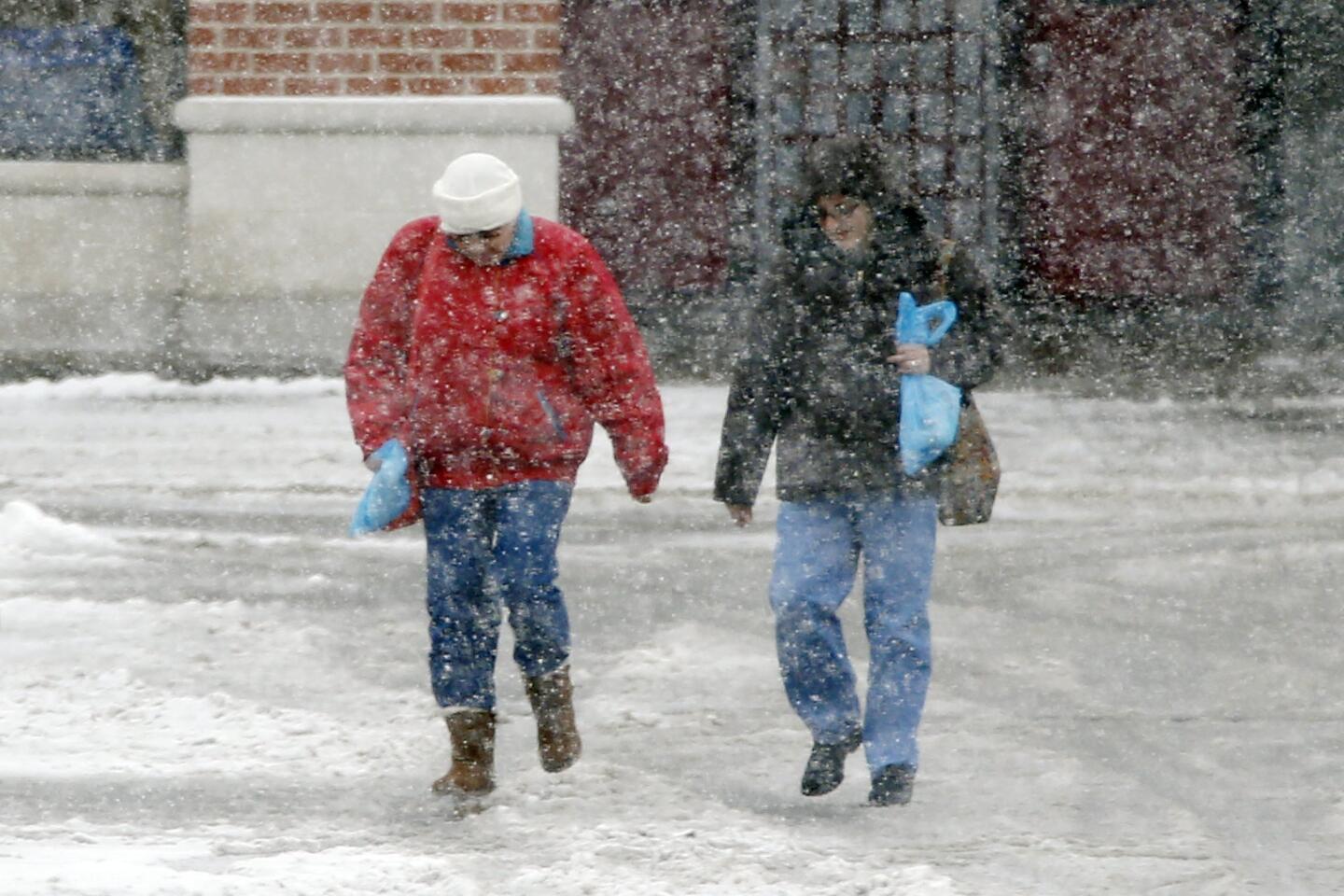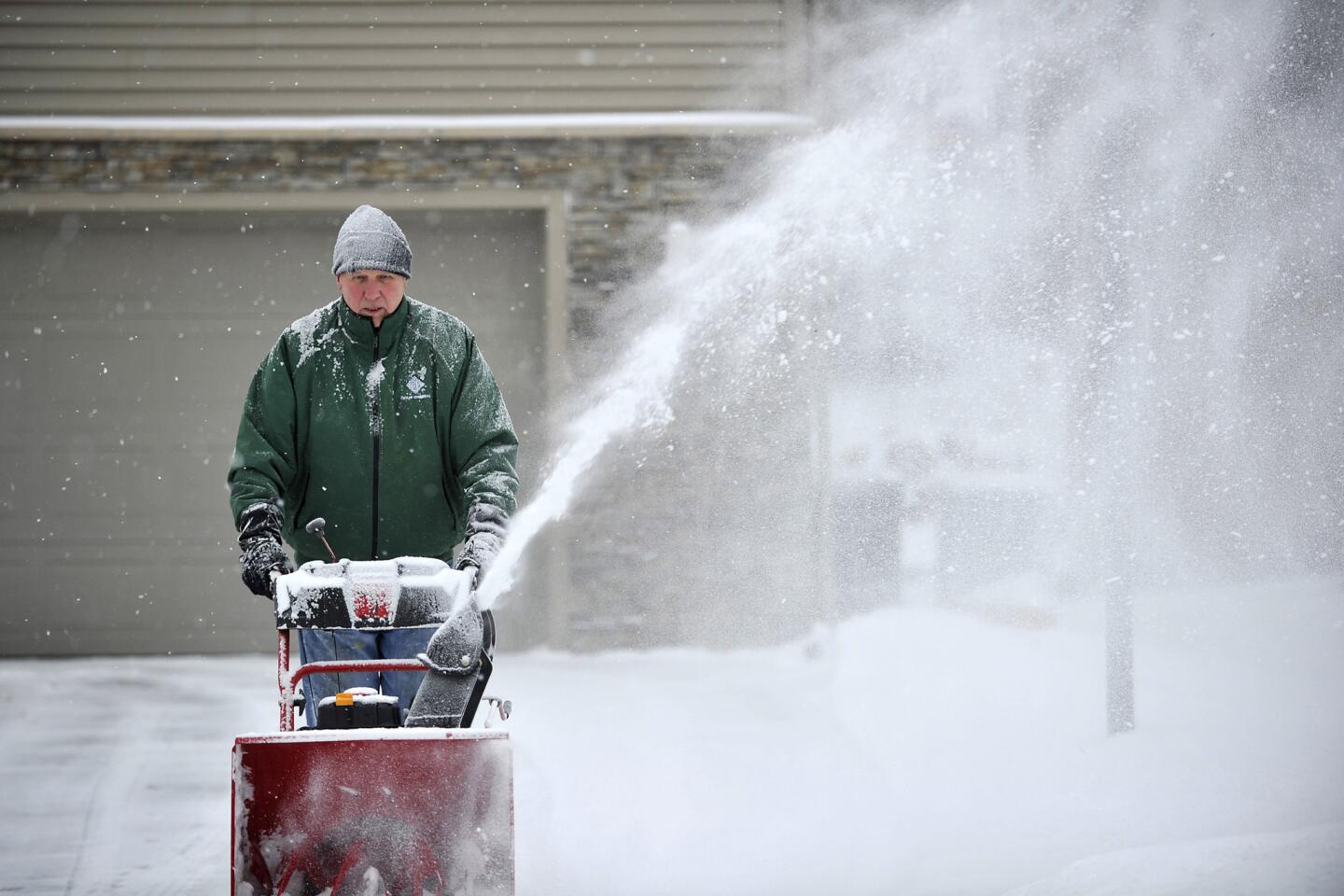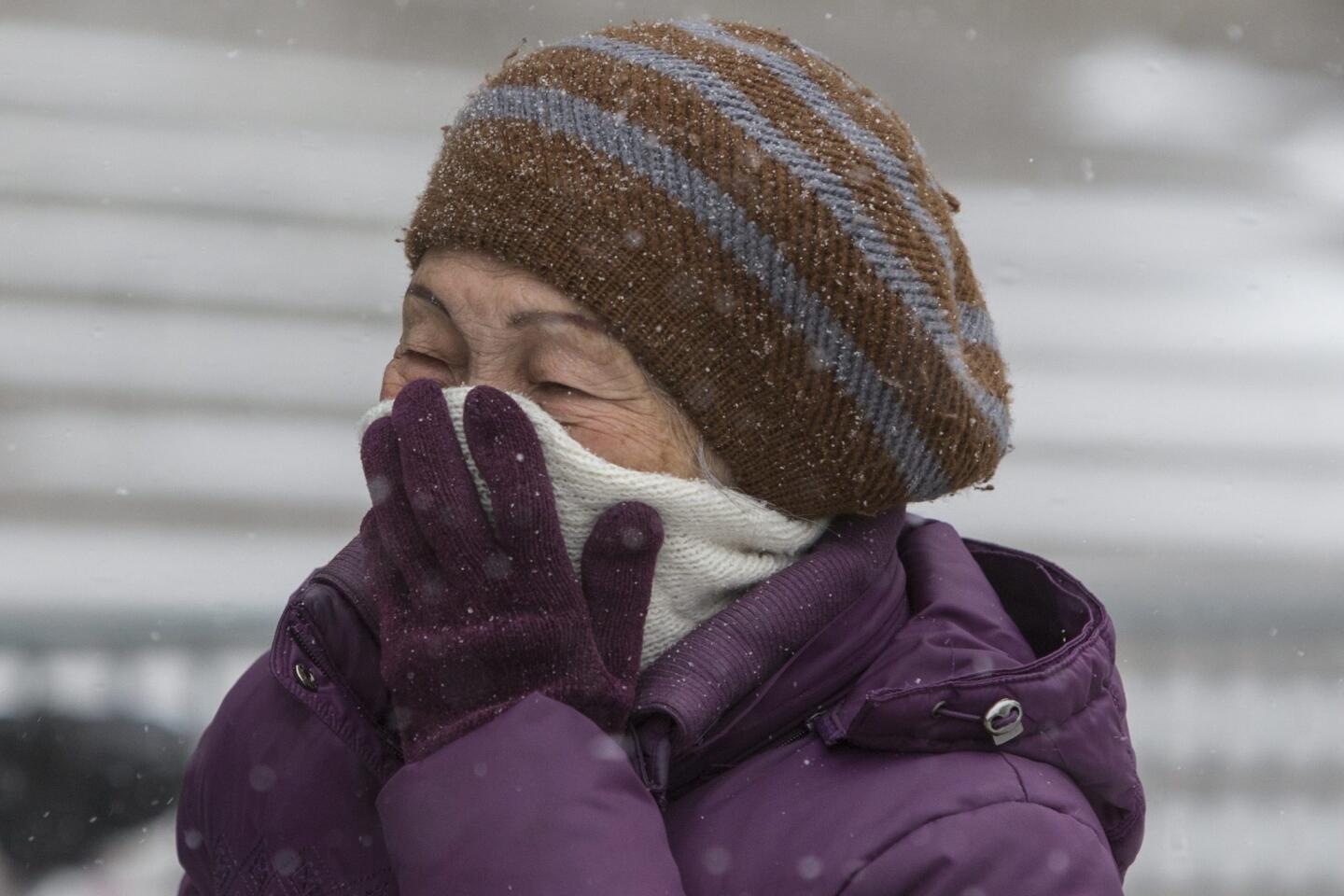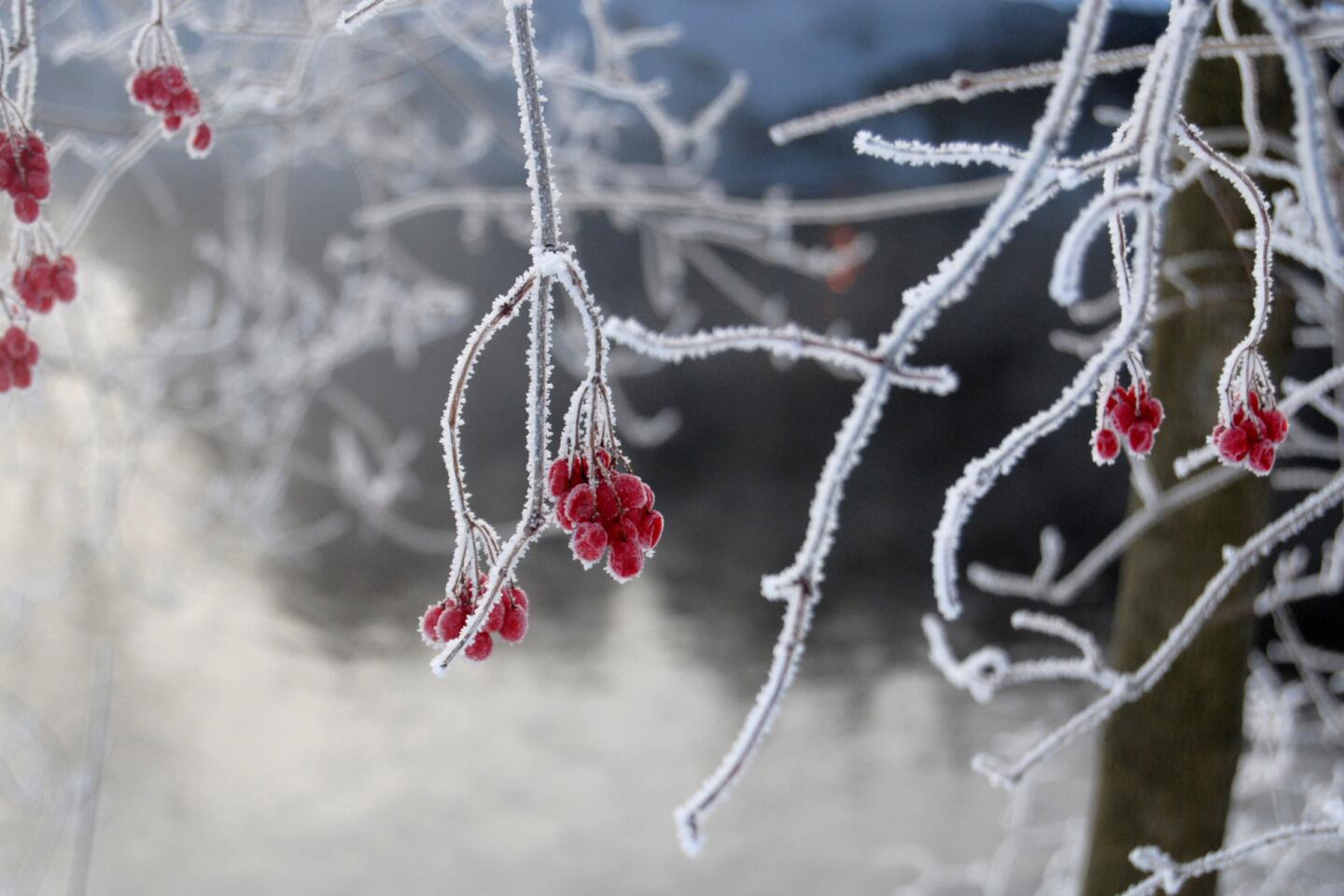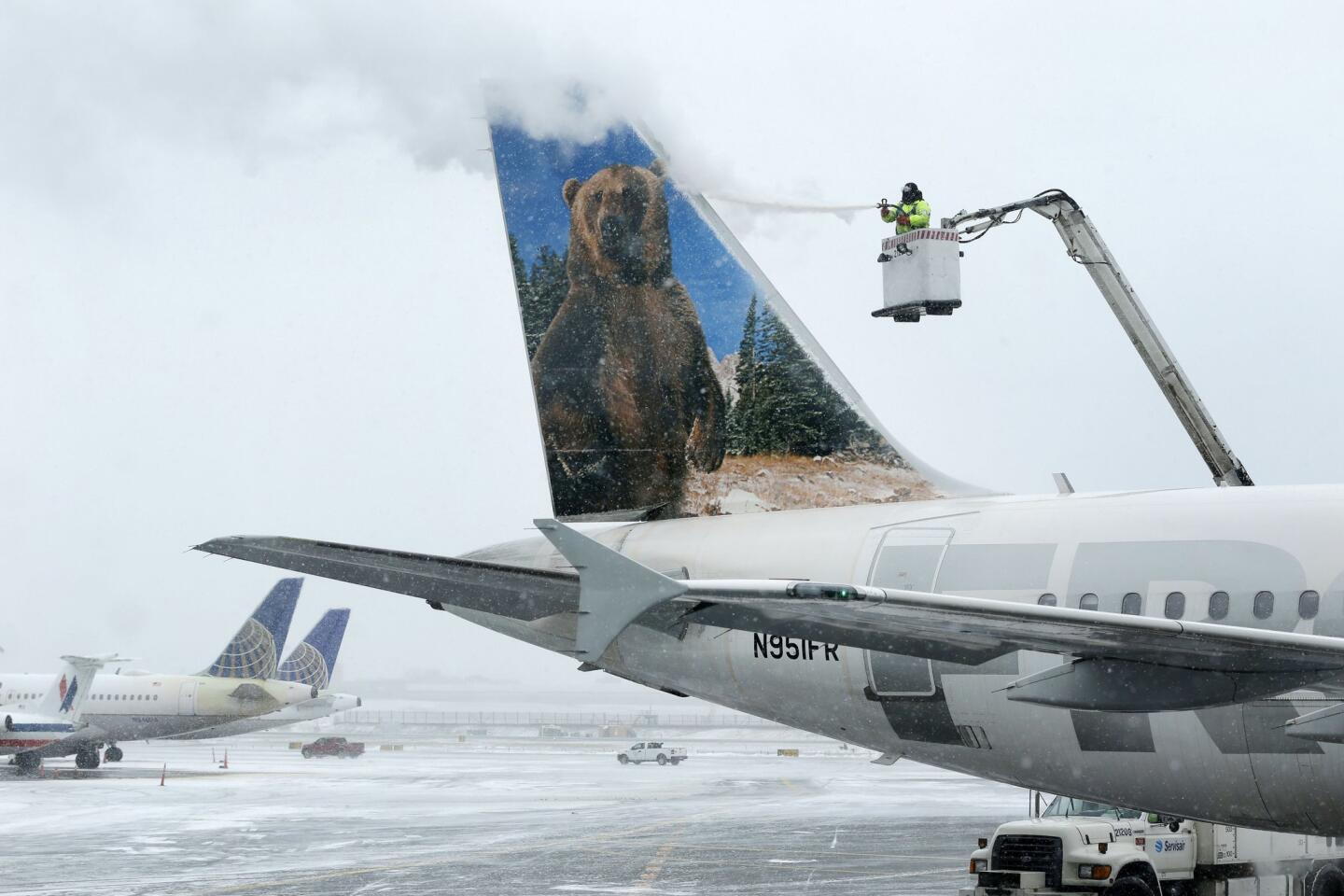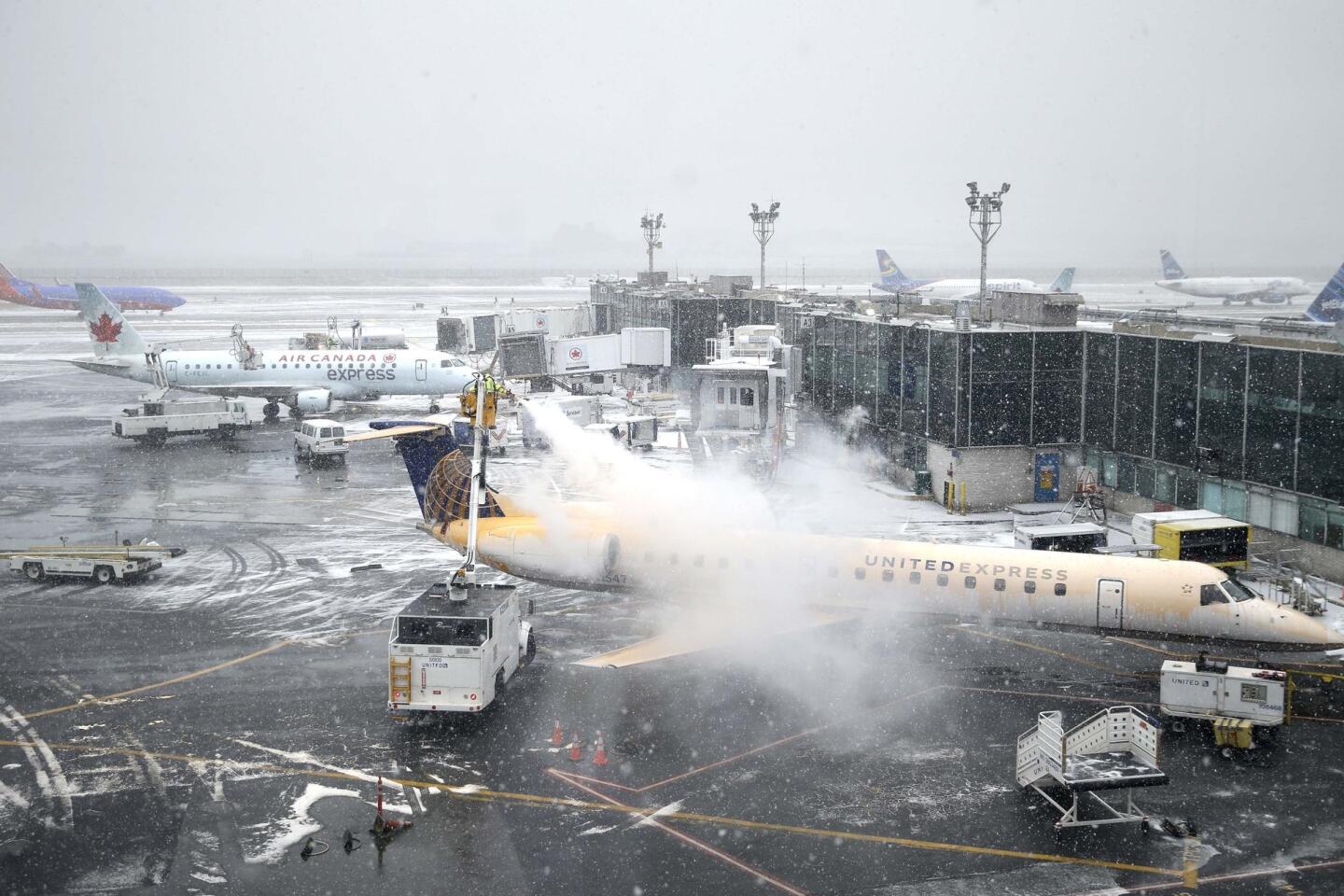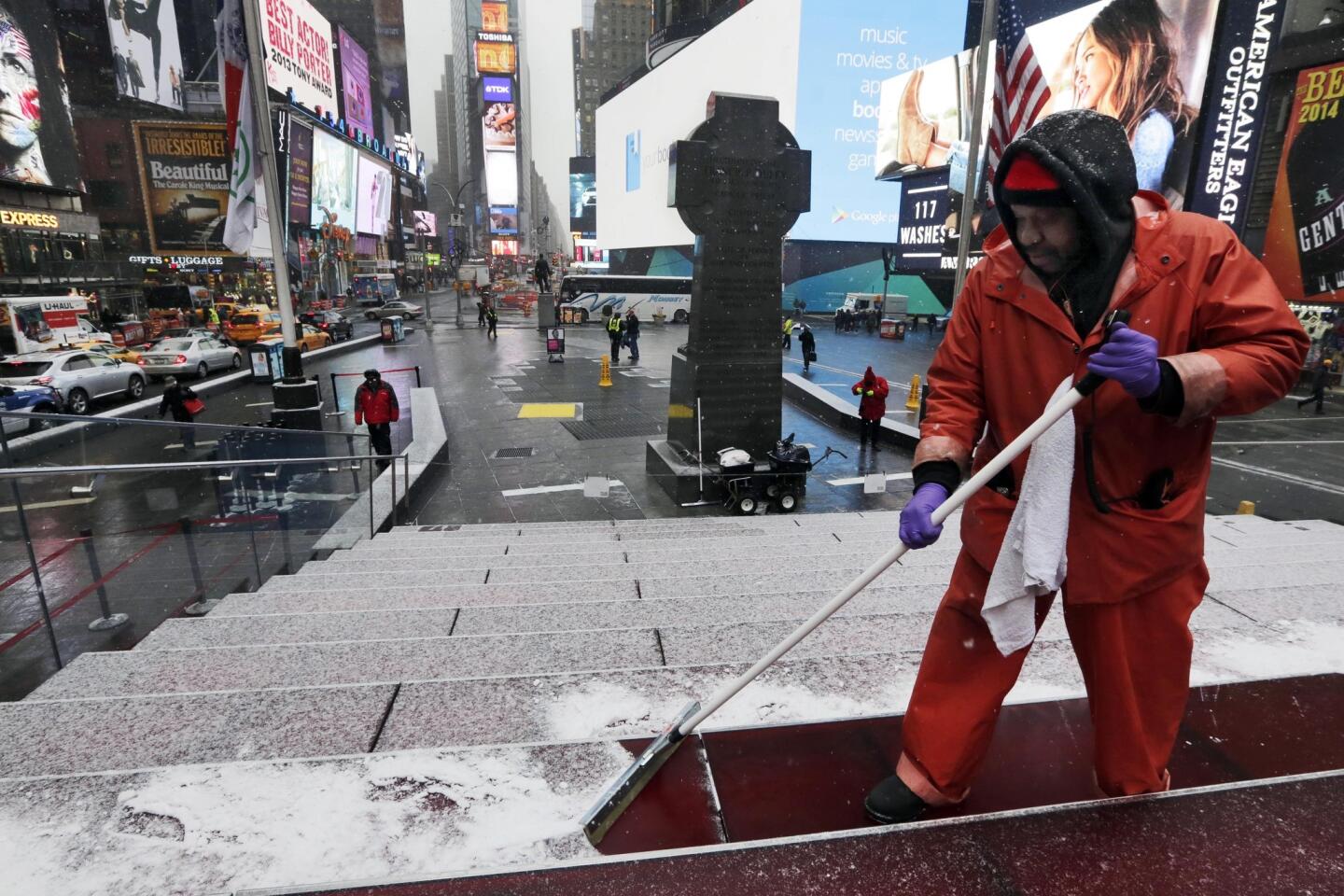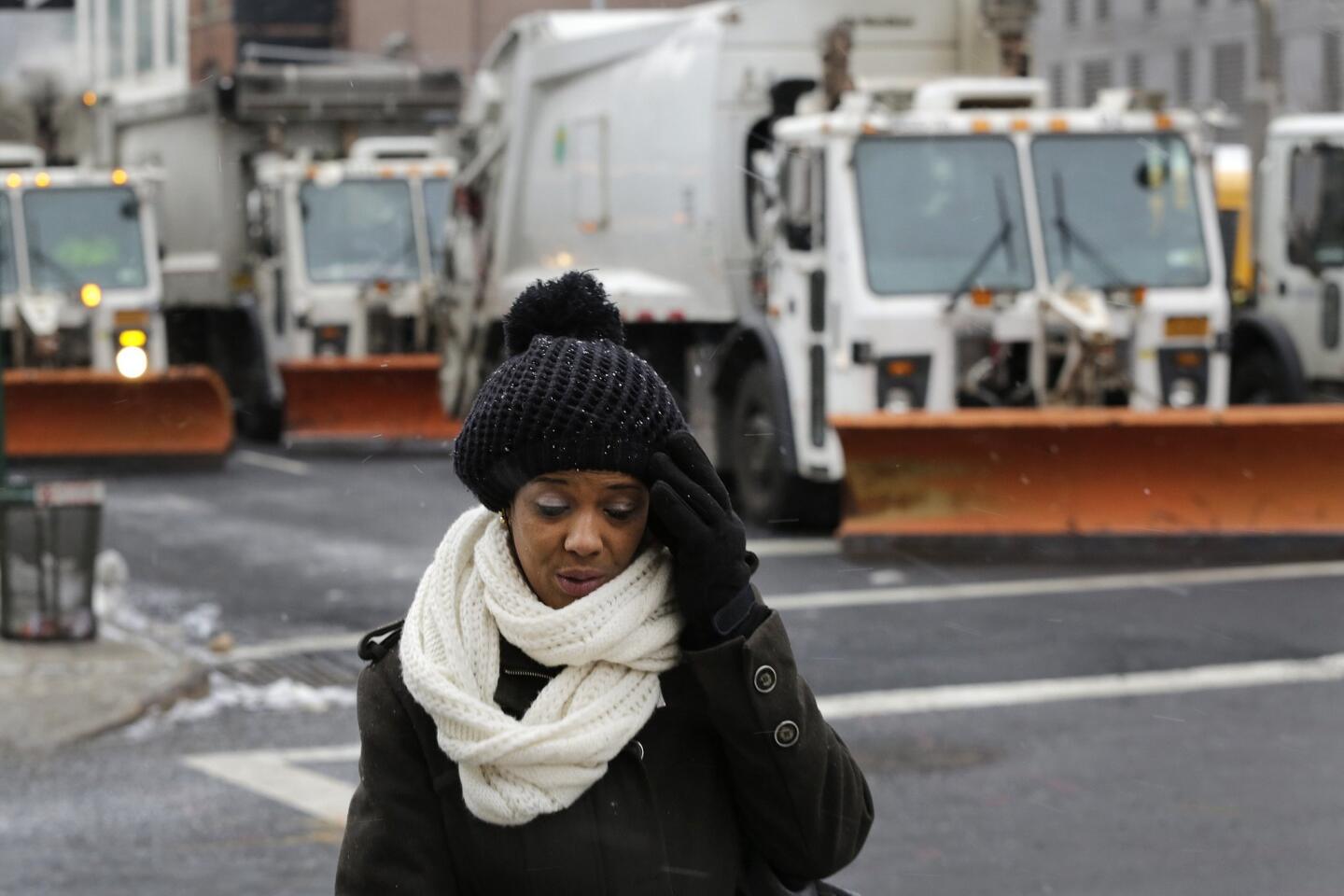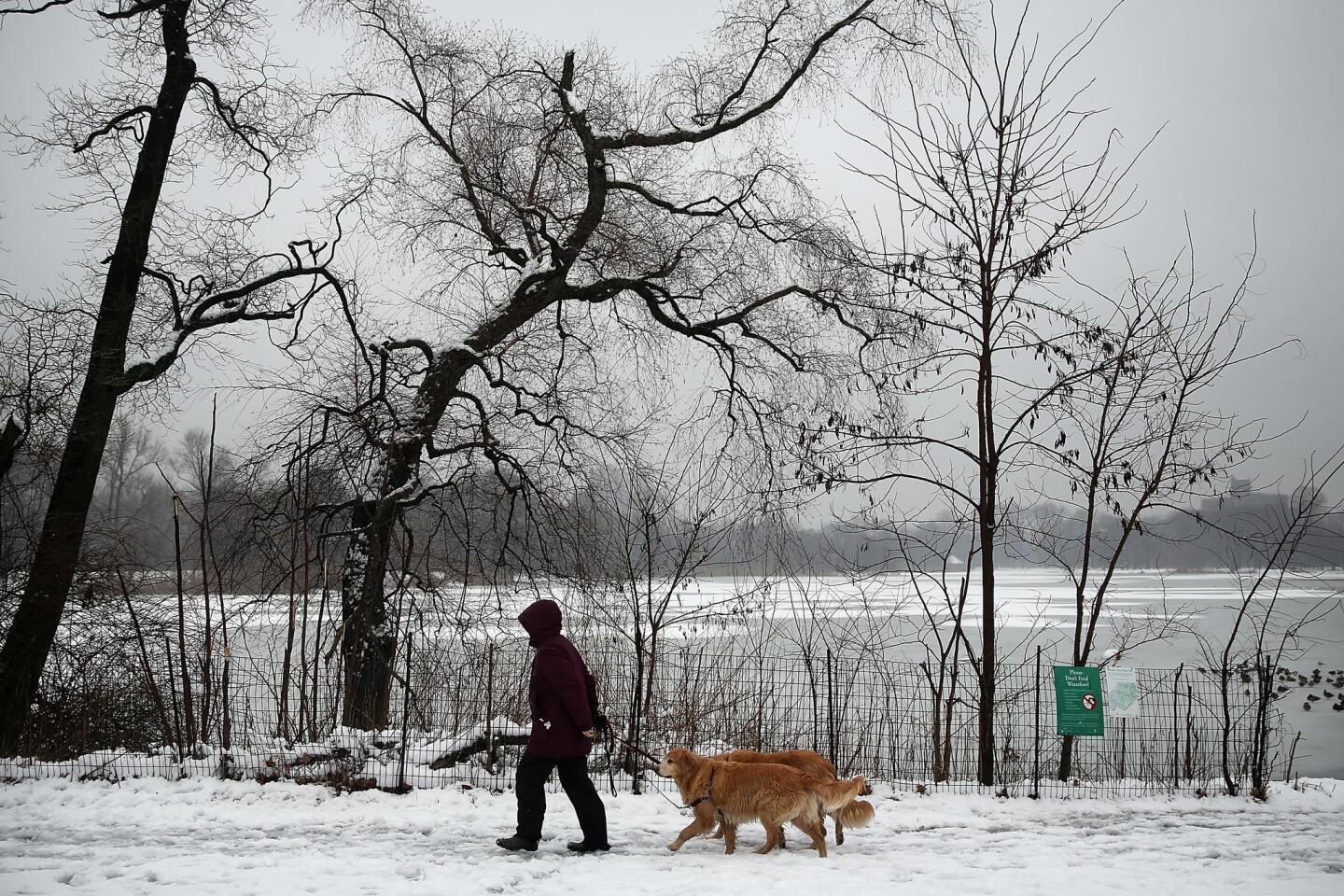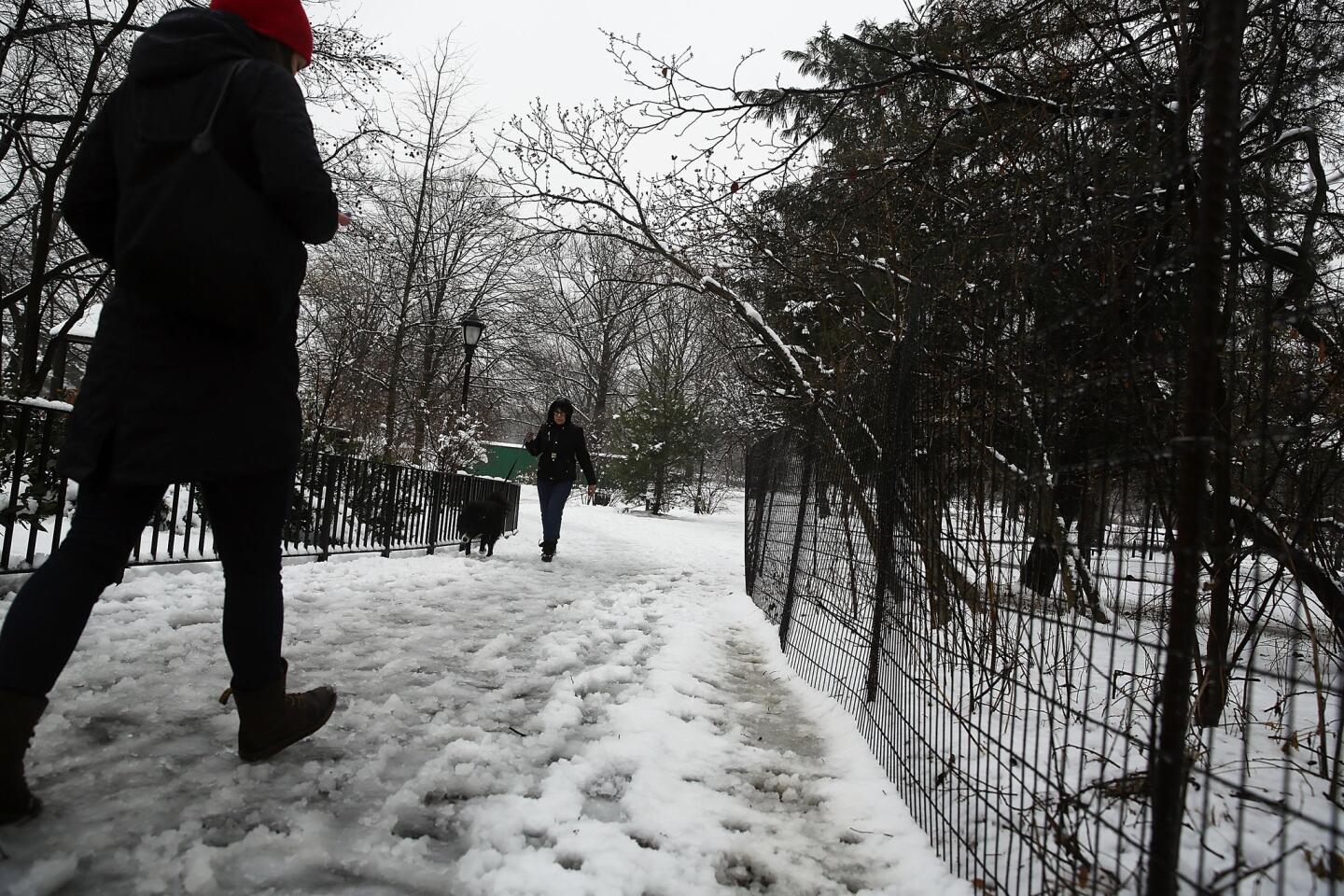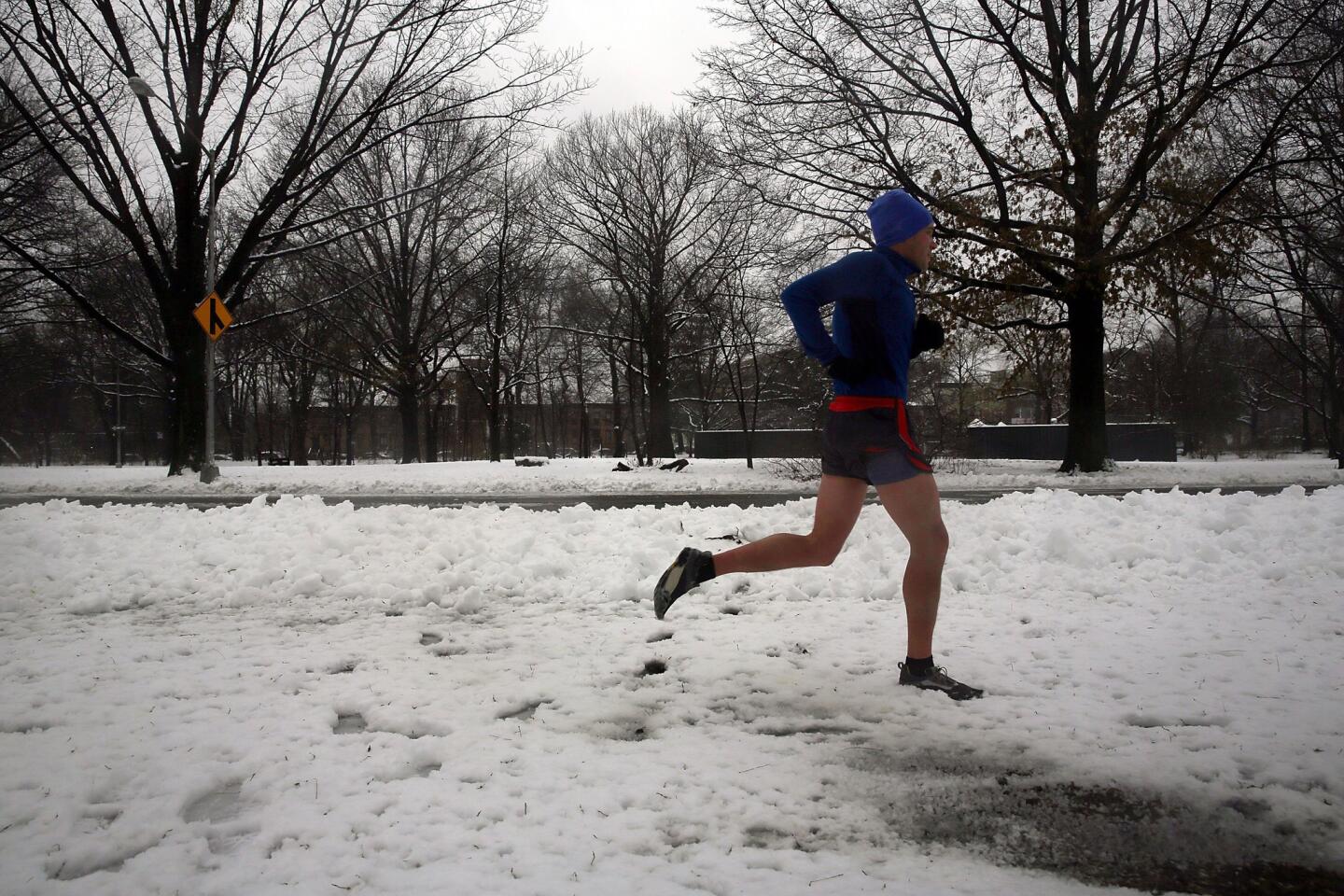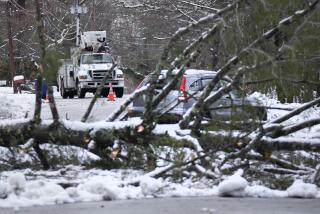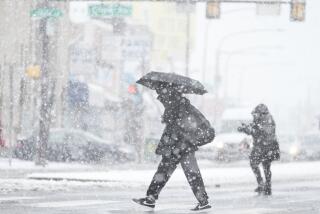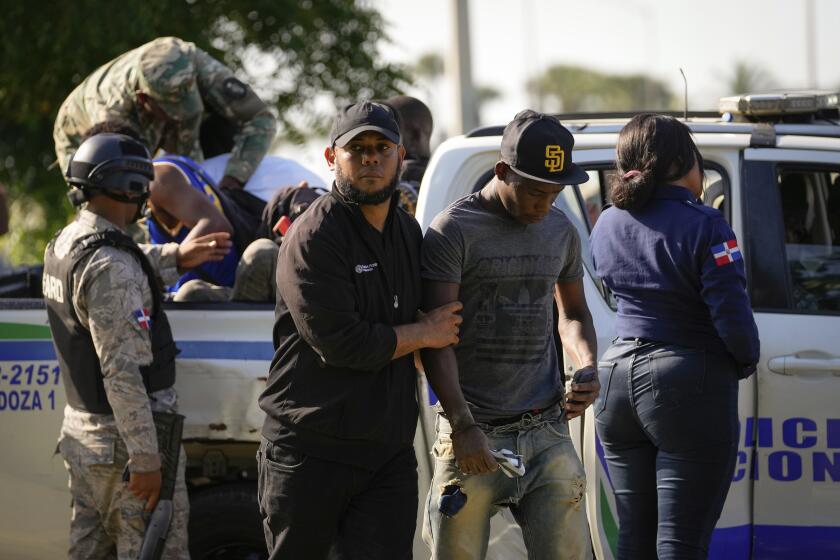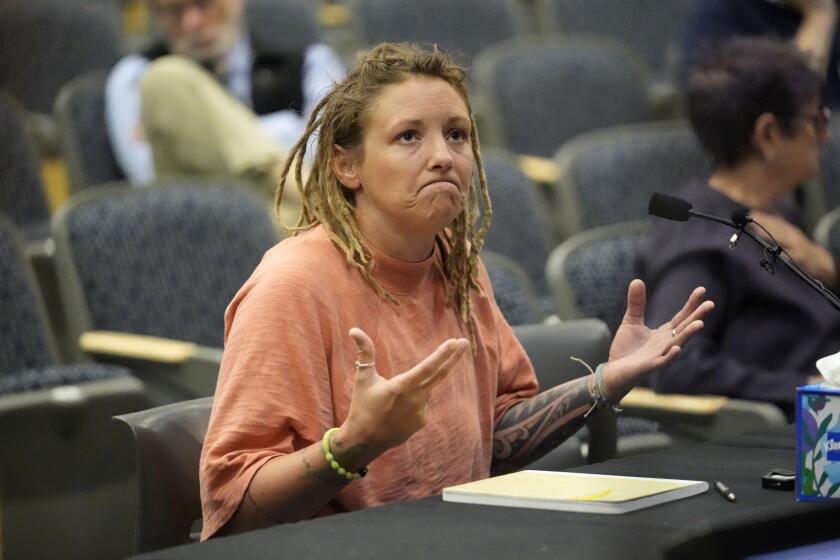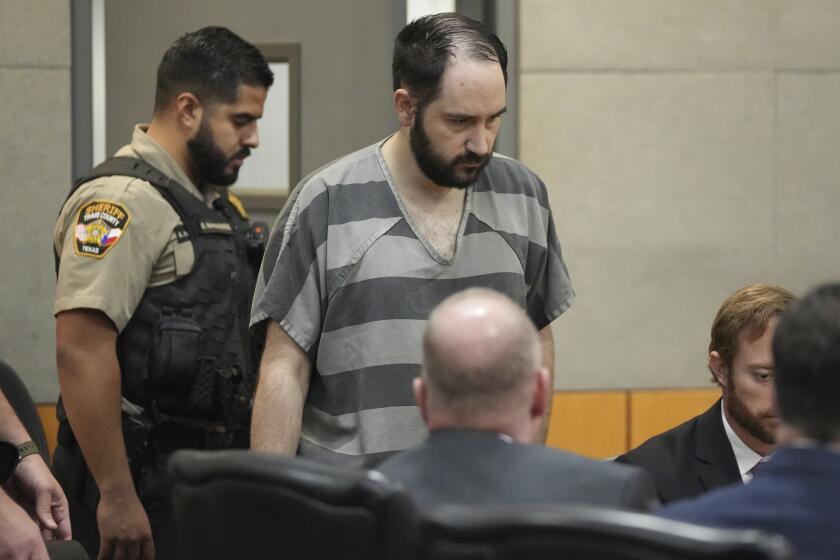Feared snowstorm fizzles in New York but clobbers New England
It was to be “crippling” and “potentially historic.”
It was to dump up to 3 feet of snow onto New York City, bringing Gotham to its knees and causing hardened locals to huddle inside as drifts inched up the sooty walls of buildings and encased humans, subway rats, feral cats and cockroaches in a thick layer of ice.
It was to be all of those things, until it wasn’t.
Instead, the snowstorm that spawned hashtags, breathless live TV and snarky Onion stories veered east, pounding parts of New England and suburban Long Island on Tuesday but allowing New York to churn back to life as officials defended the extraordinary measures that had shut it down.
“Would you rather be prepared or unprepared? Would you rather be safe or unsafe?” Mayor Bill de Blasio said at a news briefing hours after it became clear that the blizzard of 2015 was no such thing, at least not here. “I will always err on the side of caution.”
He and Gov. Andrew Cuomo said travel bans and the shutdown of public transport kept accidents to a minimum. No storm-related traffic deaths were reported in New York, New Jersey or Connecticut, which all imposed travel bans Monday night.
“We have only had 15 accidents on our state roads,” Gov. Dannel P. Malloy of Connecticut said. “That is remarkable. Under slight storm conditions, we could expect upwards of several hundred accidents. The system has worked.”
The normally bustling tri-state area fell oddly quiet Monday evening as shutdowns took effect. Empty streets and highways gave plows and emergency vehicles space to move and prevented buildups of stranded vehicles, which have occurred in past snowstorms. Even Times Square was deserted.
“First time, I think in my life, where I saw no vehicular traffic in Times Square besides sanitation trucks,” said James O’Neill, chief of department of the New York Police Department, who visited the area at 3 a.m. “I saw people having a snowball fight.”
Snowfall totals reflected the fickle nature of the storm, which veered 50 to 75 miles farther east than the National Weather Service had forecast.
Central Park had 9.8 inches, but 100 miles east on the tip of Long Island, the town of Orient was struggling with 30 inches. South Boston had 27 inches by Tuesday night, and the snow was still coming down. Oak Bluffs on Martha’s Vineyard received 27 inches. Wind gusts from 47 to 78 mph were recorded across Massachusetts, Rhode Island, New York, Maine and New Hampshire.
“We’re still very much in the middle of this storm,” Boston Mayor Marty Walsh said Tuesday afternoon, as 700 snowplows and other equipment worked to clear streets. “It’s not a time for anyone to be relaxed or complacent.”
Along the coast, wind and water were the big problems. Waves knocked out a sea wall in Marshfield, Mass., flooding parts of town and damaging several homes.
“Pretty much the entire coastline is demolished,” resident Joanna Freed said in a phone interview. “Decks are completely ripped off houses, we have about 3 feet of standing water on the Esplanade, where there’s restaurants. The flood has been really, really bad. There are shingles ripped off the side of houses, power lines ripped down everywhere.”
On Long Island, where MacArthur Airport received 24.8 inches of snow, winds whipped up snowdrifts 5 to 6 feet deep in the courtyard of the 15-room Southampton Long Island Hotel.
“It’s one of the worst ones I’ve seen out here,” Marta Hamlik, the hotel office manager, said of the storm.
Air travel was expected to be disrupted into Thursday as airlines tried to accommodate passengers who had been stuck at East Coast airports since Monday. More than 80% of flights leaving Boston, Philadelphia, New York and Newark, N.J., airports were canceled Tuesday, as were most flights arriving at those airports, according to flightaware.com.
“I actually think it’s an overreaction of the authorities and even of the airport,” said Raul Zaragoza of Phoenix, who was trying to leave Philadelphia. The city received only a light coating of snow, and by midmorning Tuesday the sun was shining and roads were dry. But the airport was a virtual ghost town because so few flights were leaving or arriving.
Zaragoza, who had brought his wife and daughter to Philadelphia for a business trip, said their flight home had been rescheduled three times.
“It’s not like this is uncommon, right?” he said of the winter snow, comparing it to the desert heat in Phoenix. “It’s like when people complain when it’s 115 in the summer at home.”
One meteorologist apologized for getting the forecast wrong.
“My deepest apologies to many key decision makers and so many members of the general public,” Gary Szatkowski, a meteorologist at the National Weather Service in Mount Holly, N.J., said on Twitter. “You made a lot of tough decisions expecting us to get it right, and we didn’t.”
But officials who had canceled school and ordered people off the roads did not seem to think there was any need for apologies. They pointed to the lack of casualties and to past storms that surpassed predictions as proof that it was better to prepare for the worst.
De Blasio and Cuomo said that was especially true in light of past weather catastrophes such as Superstorm Sandy, which killed more than 40 people in New York City in 2012, and a storm that dropped 7 feet of snow on Buffalo last November. That storm was blamed for a dozen deaths.
“Our weather forecasters do the best they can,” Cuomo said, “and we respond to the best information we have.”
Times staff writers Susman reported from New York, Tanfani from Philadelphia and Pearce from Los Angeles. Special correspondent Vera Haller in New York contributed to this report.
More to Read
Start your day right
Sign up for Essential California for news, features and recommendations from the L.A. Times and beyond in your inbox six days a week.
You may occasionally receive promotional content from the Los Angeles Times.
